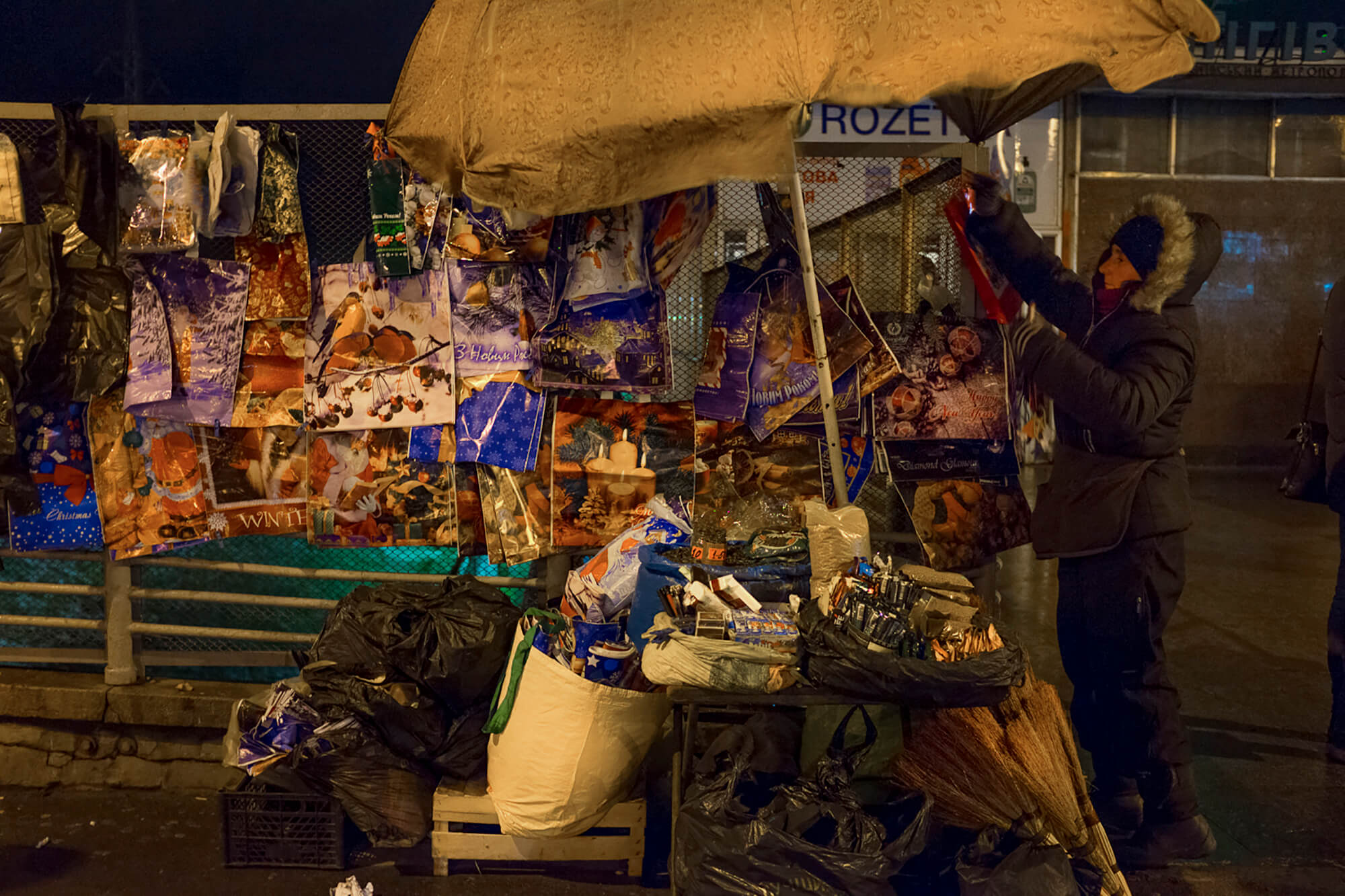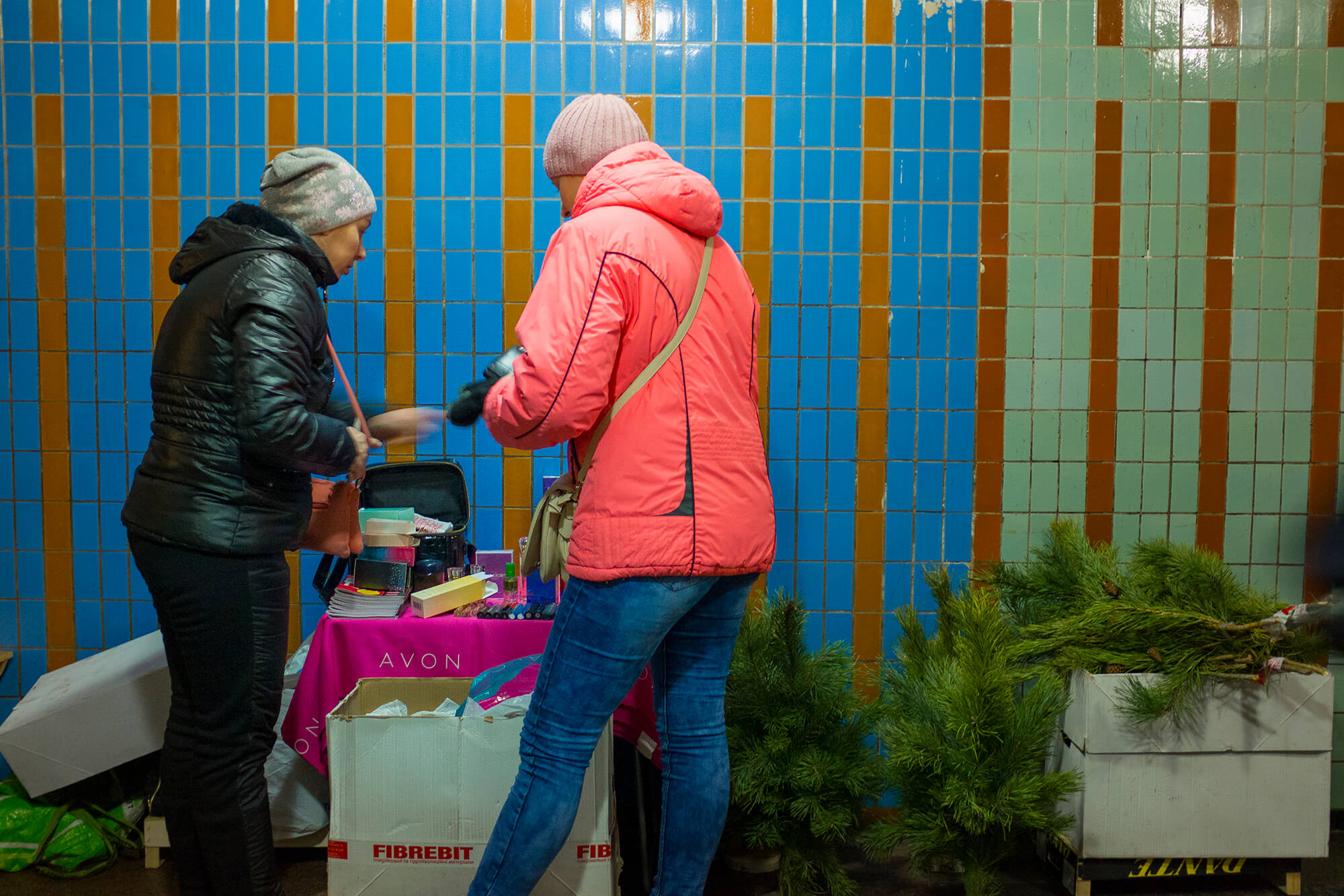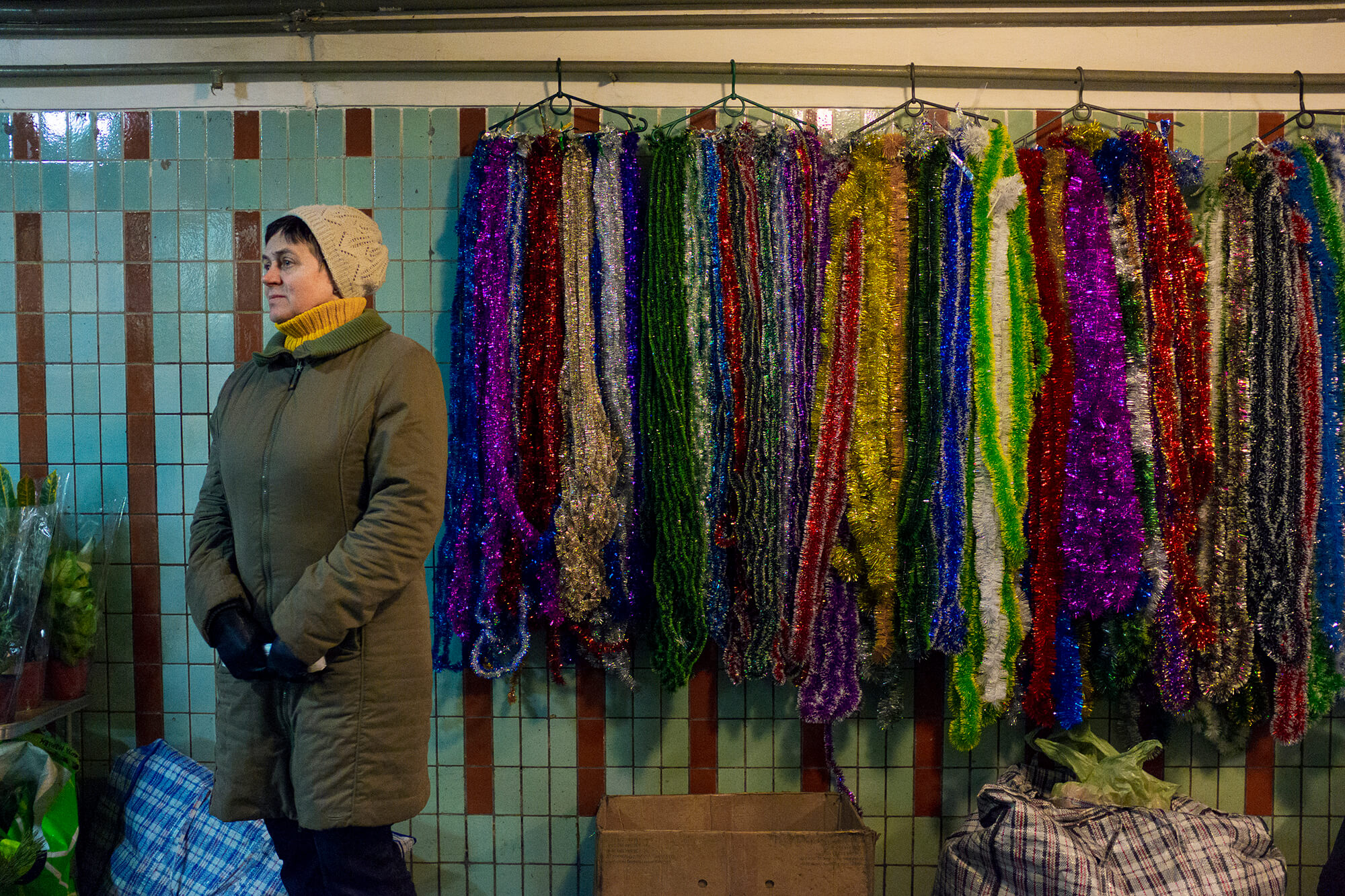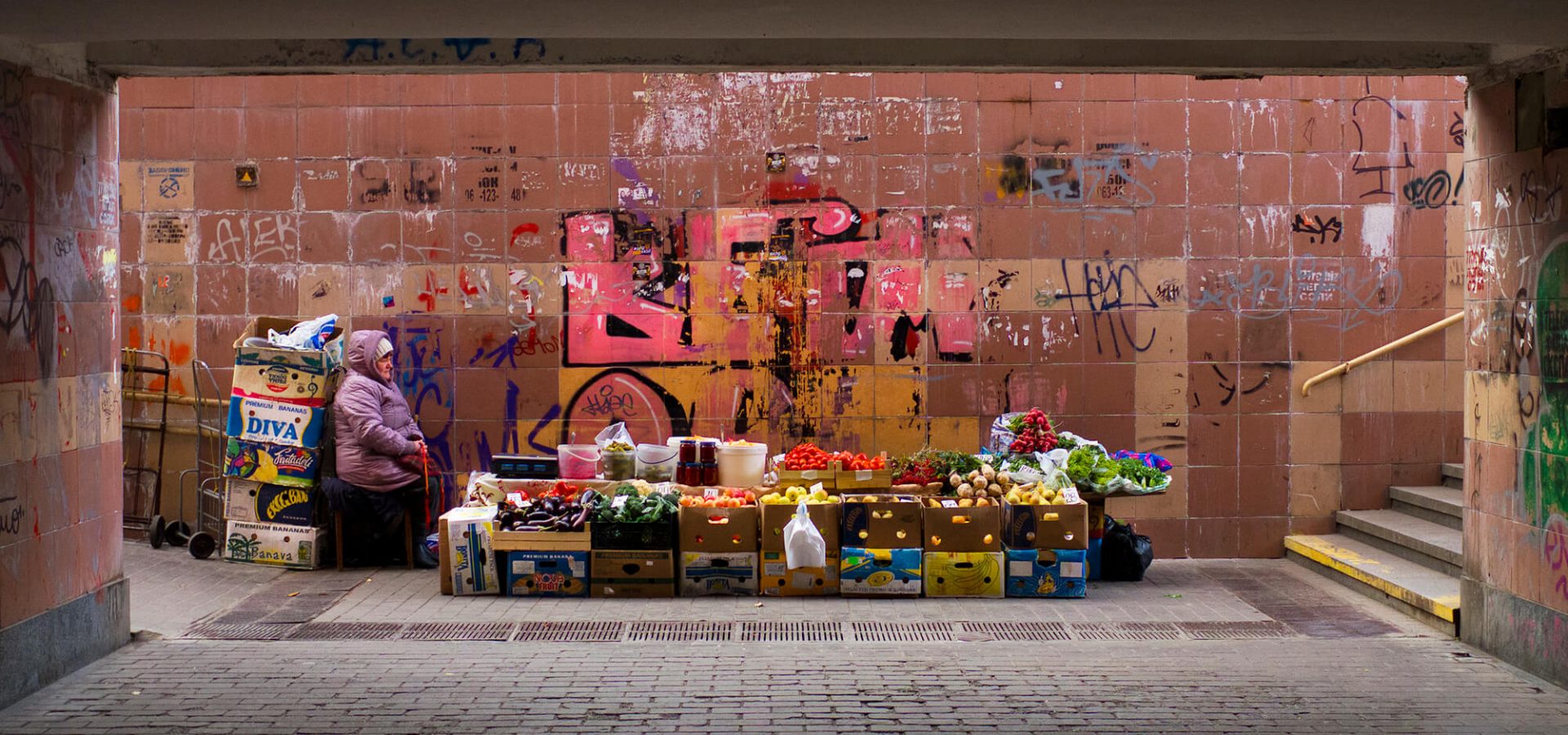
A Workplace in the Street: Everyday Life of Non-Office Workers
‘Working conditions’ is something easy to understand for office workers: eight-hour workday with a break, travel expenses and overtime pay, and a properly equipped workplace. It is more complicated in the factories and in service: some people have to work in shifts, some have space behind the hairdresser’s chair and an apron with pockets for instruments instead of a work desk.
And there are also people who work wherever, in any place that they are sent to — they distribute flyers at subway exits, sell things in the street or deliver documents. Some of them do this illegally; with regards to the others it is the employer who breaks the law. Most of them are less protected by the state than ‘regular’ workers.

Photographer from Simferopol, based in Kyiv. Studied photography from Aleksandr Liapin and Roman Pyatkovka. In 2015, became Photographer of the Year in Ukraine with her work Barricade. Member of the Ukrainian Photographic Alternative.
— In this series I take photographs of people who work in the street. Their workplace is invisible and is not perceived as a classic workspace — behind the desk in the office or at the factory. Some of my subjects work in the streets legally, and some don’t. This is a documentation project, an investigation project — that is also investigating how the street impacts the faces, the clothes, the body language.
I started working on this project accidentally — when I took several photographs on a new Fujifilm camera that I wanted to sell (and eventually didn’t). Among them was one of the first photographs of the Workplace project — a woman who fell asleep with flowers. I took a long time looking at the position of the table, the distance between bottles filled with water, the arrangement of the flowers — the elements that shaped her workplace. I didn’t think at the time whether her workplace was regular or not.
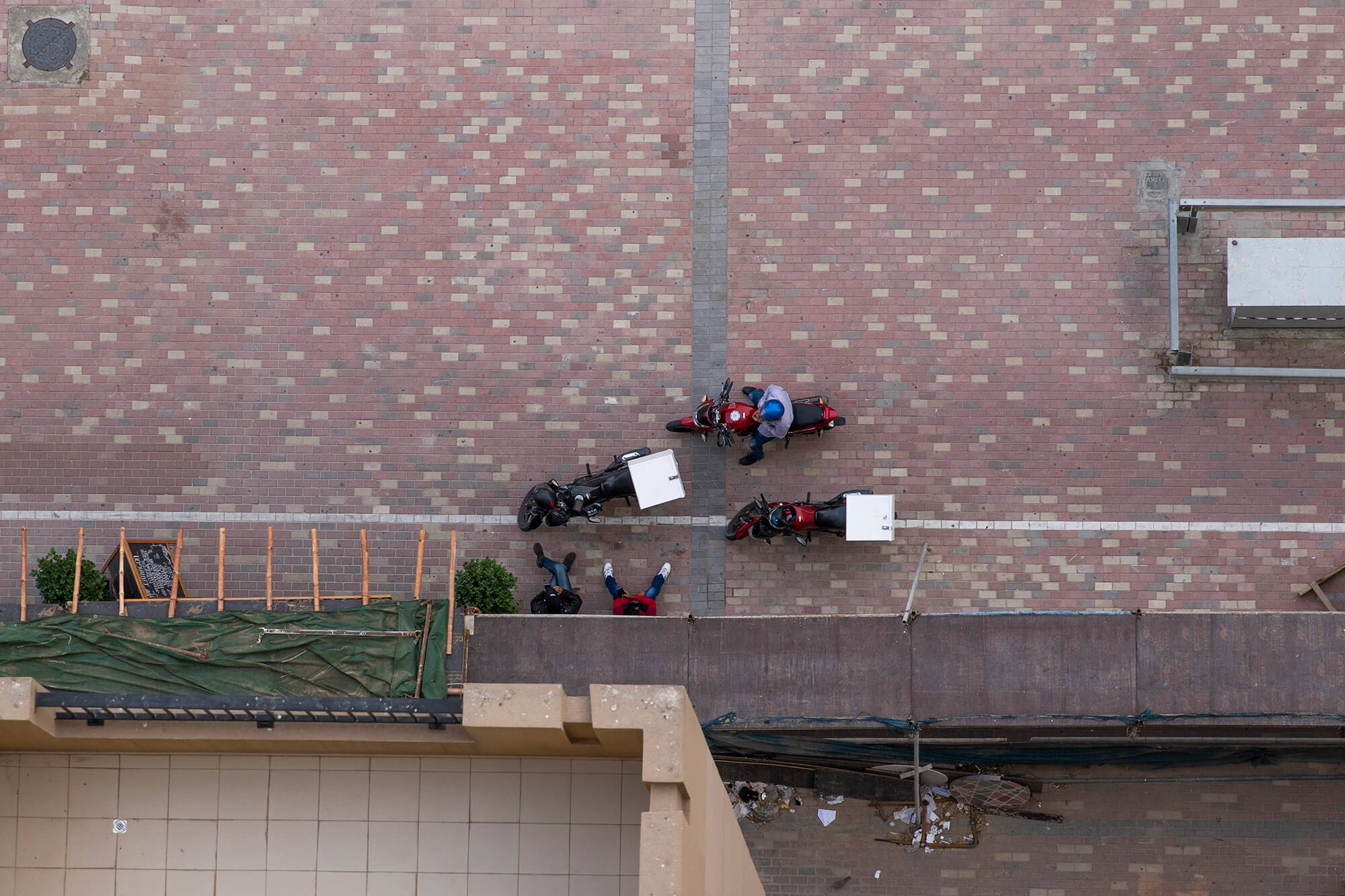
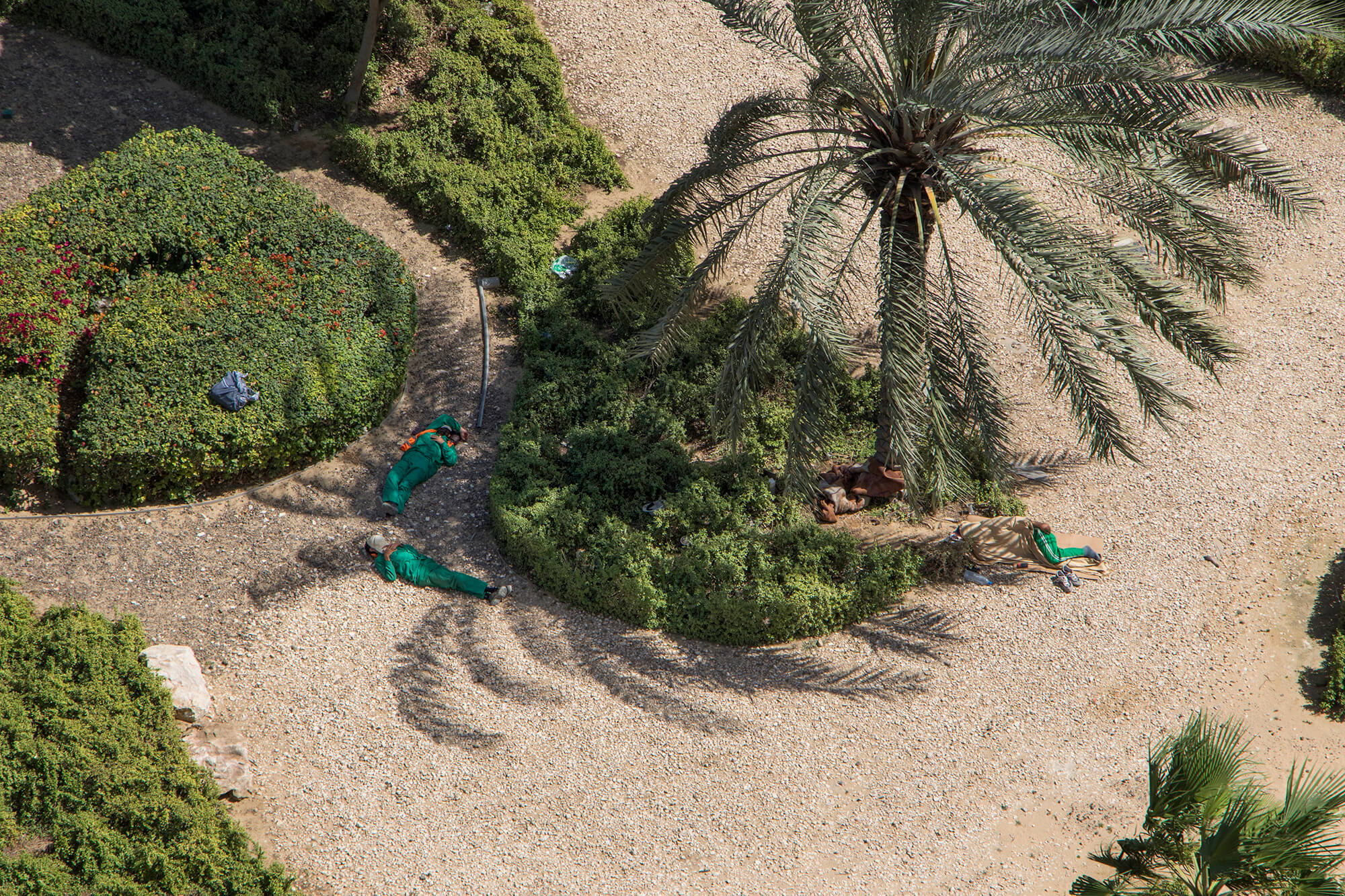
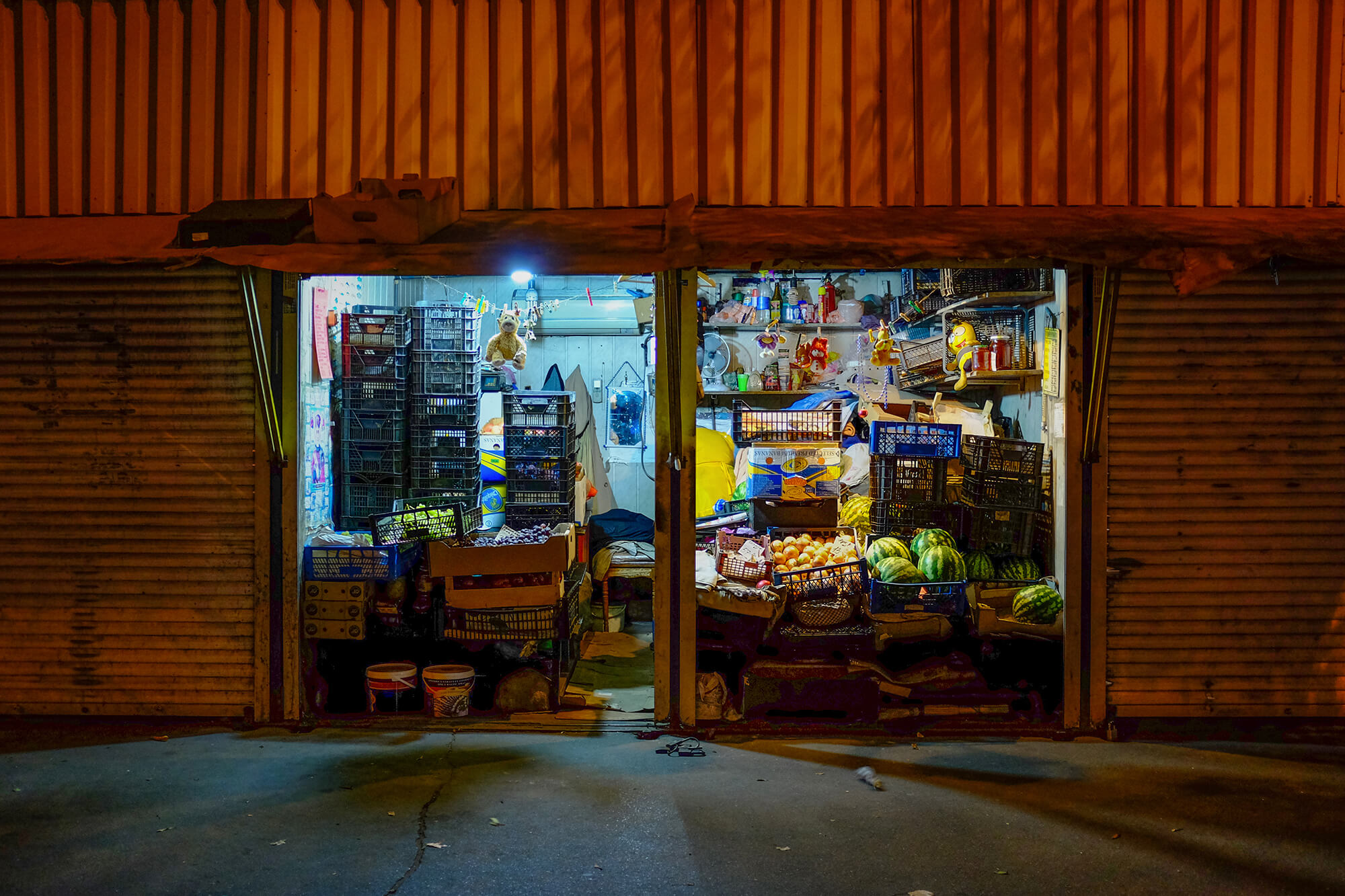
Later when I started posting photographs from this series people started telling me that I was taking photographs of people with an atypical workplace. I mostly heard this idea from those who work in the office — working in the street seems to be far from normal for them. A photograph with a woman who shovels snow was a revelation for many: the space that she is cleaning is her working territory, her ‘migrating office.’
I realized that for most people those who work in the street are either invisible or don’t associate with people who have a job. It’s not like I’m discovering America here, but I want to give a different perspective on a workplace: it can be very dynamic, may be assembled from boxes, and may exist for only several hours or even minutes. Any fence, stick, or wall may become a part of it.
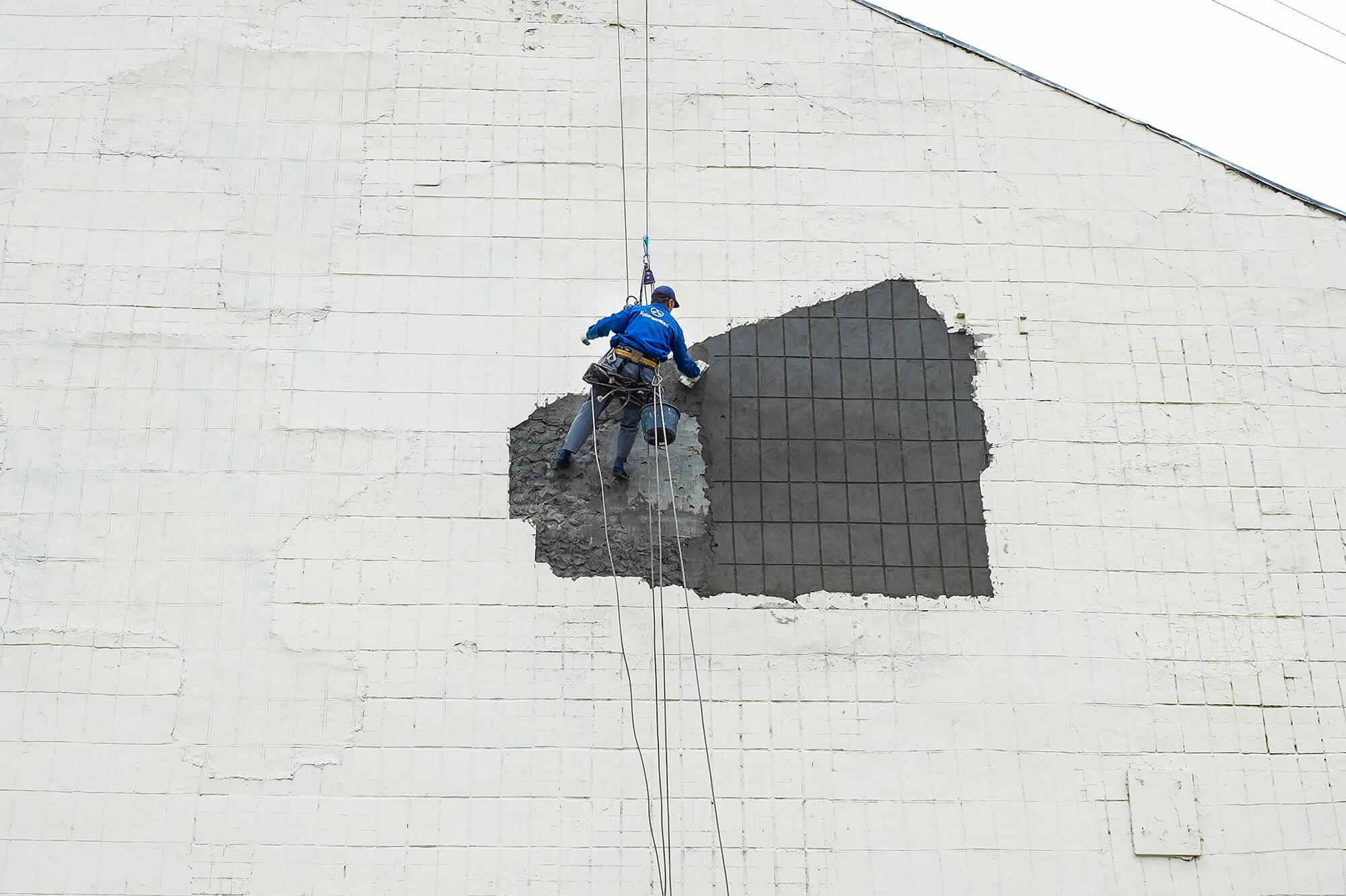
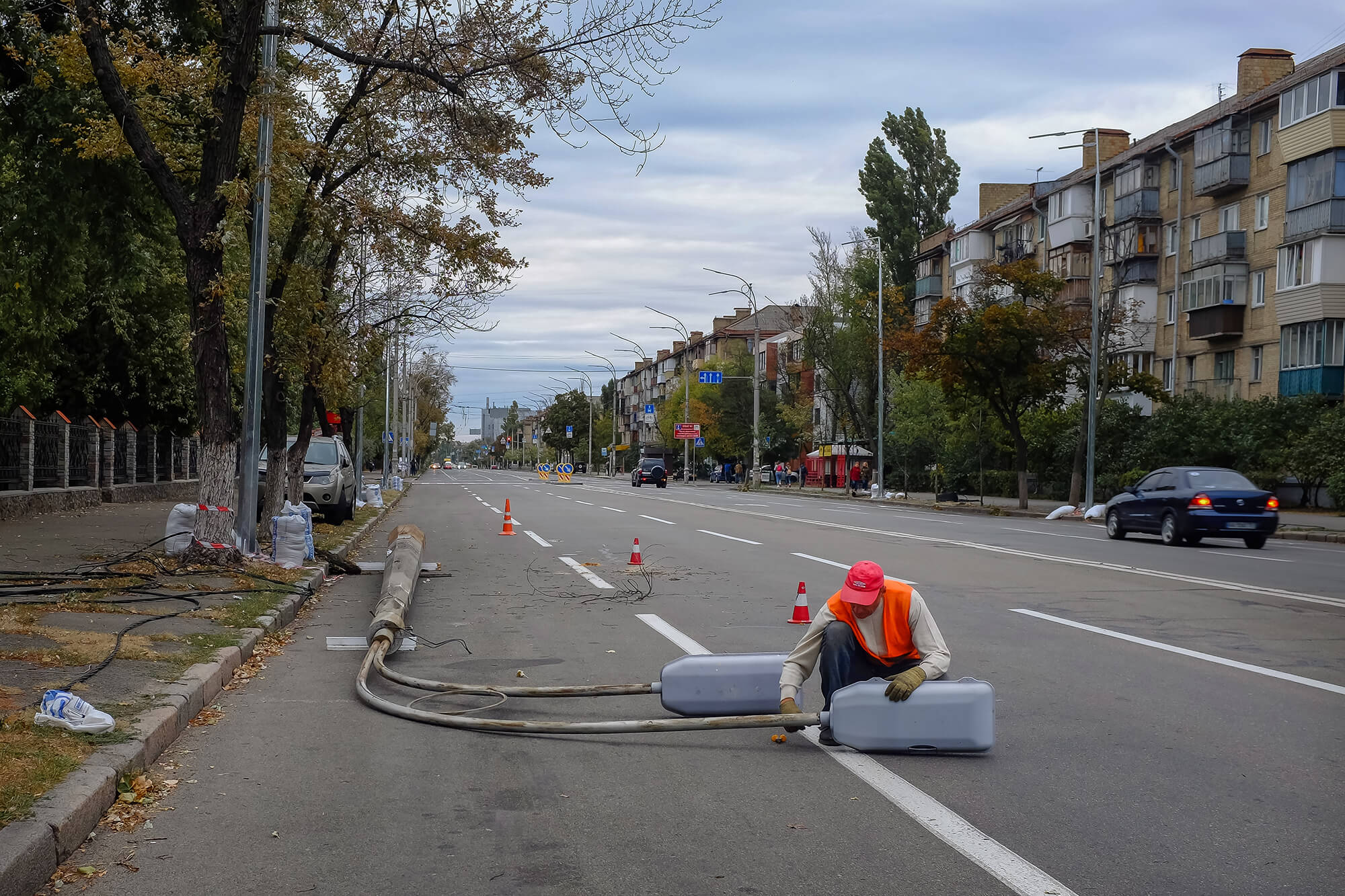
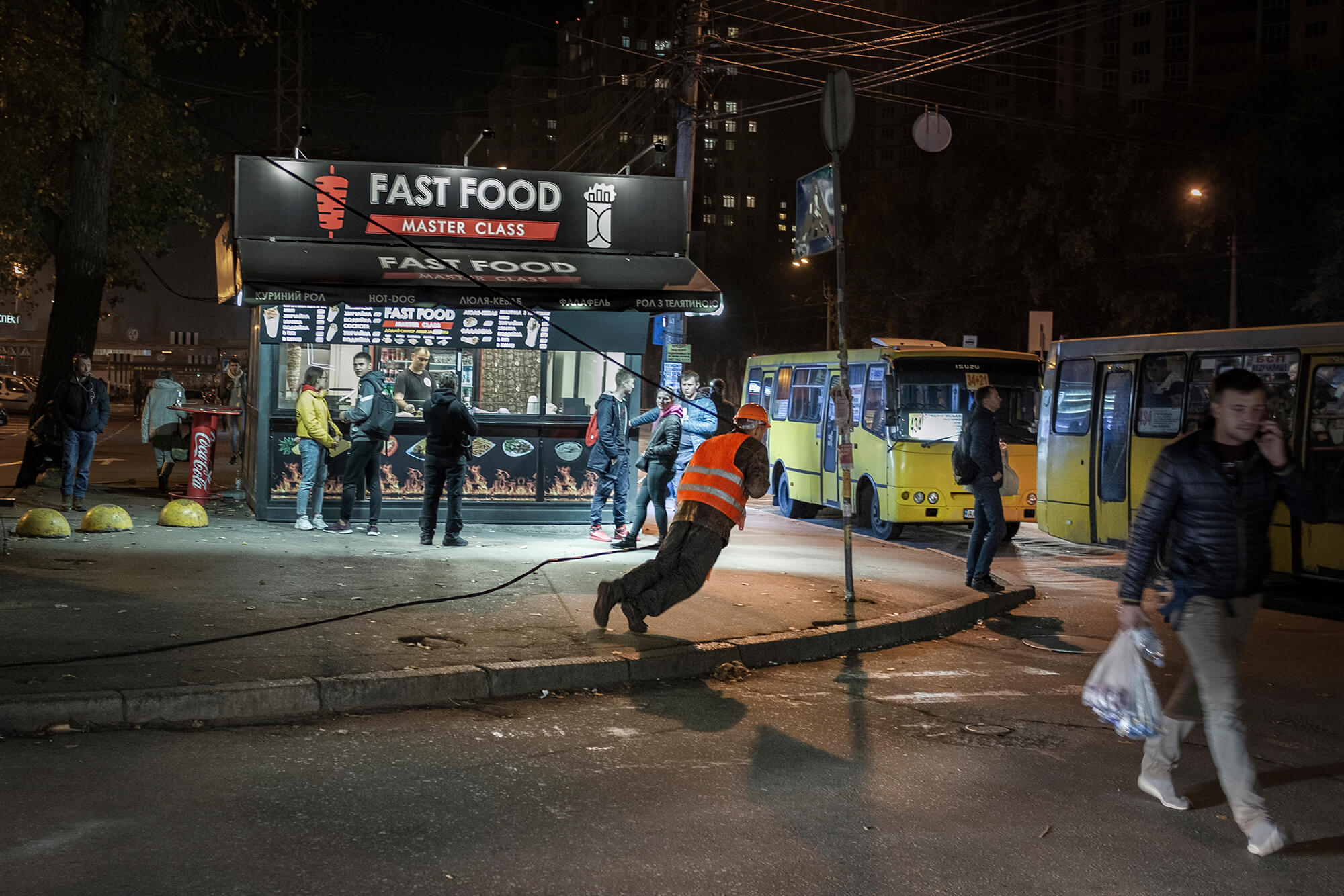
For the first two years, I mostly photographed street vendors. They were random people, I didn’t look for them, but photographed those I met on the way. Today my approach is different. I made a list of people who work outdoors and I look for them. Now I am looking for gravediggers and policemen on squares.
I have recently started taking photographs of prostitutes. I noticed that they are standing along the avenue in places with different lighting. Those who stand in the area with a lot of light usually wear very short shorts or skirts, have huge cleavage, over the knee boots, and a ‘diva’ hairdo. When a car approaches women like that, they flirt and pretend to be shy as they offer themselves. Those who stand in less lit areas look like regular women — often in sweatsuits — and their conversation with the clients is more businesslike; their body language is more reserved.
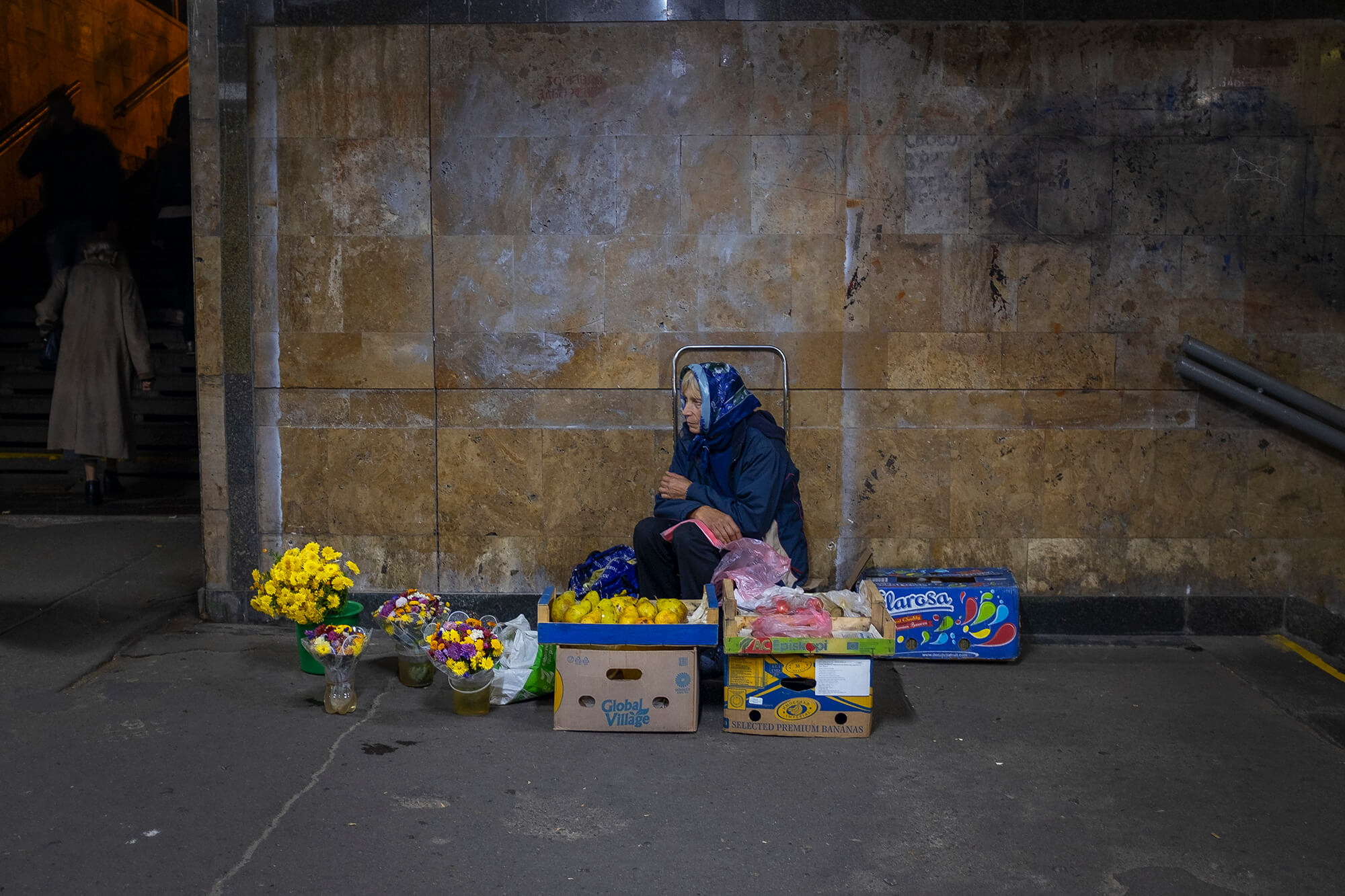
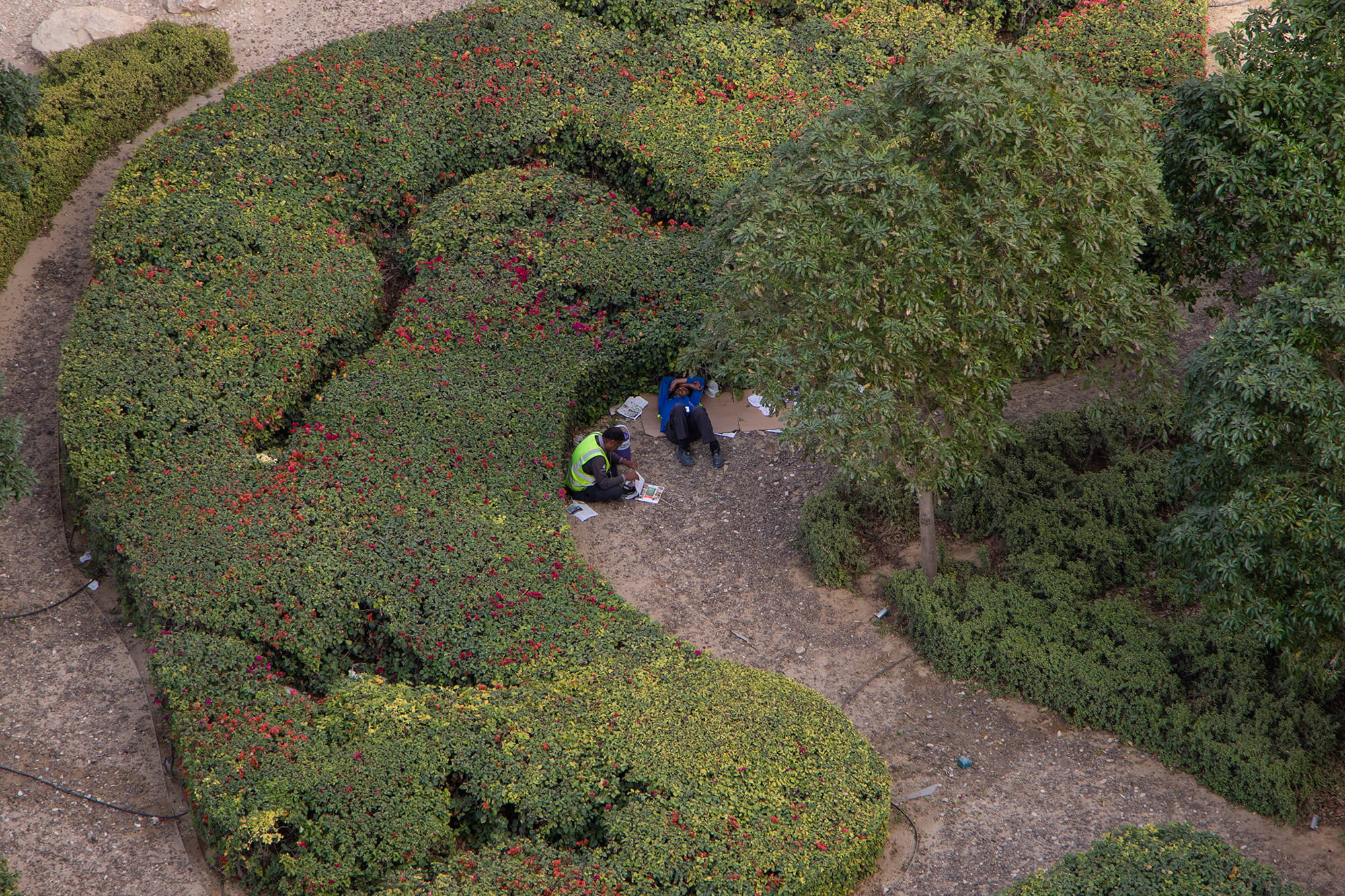
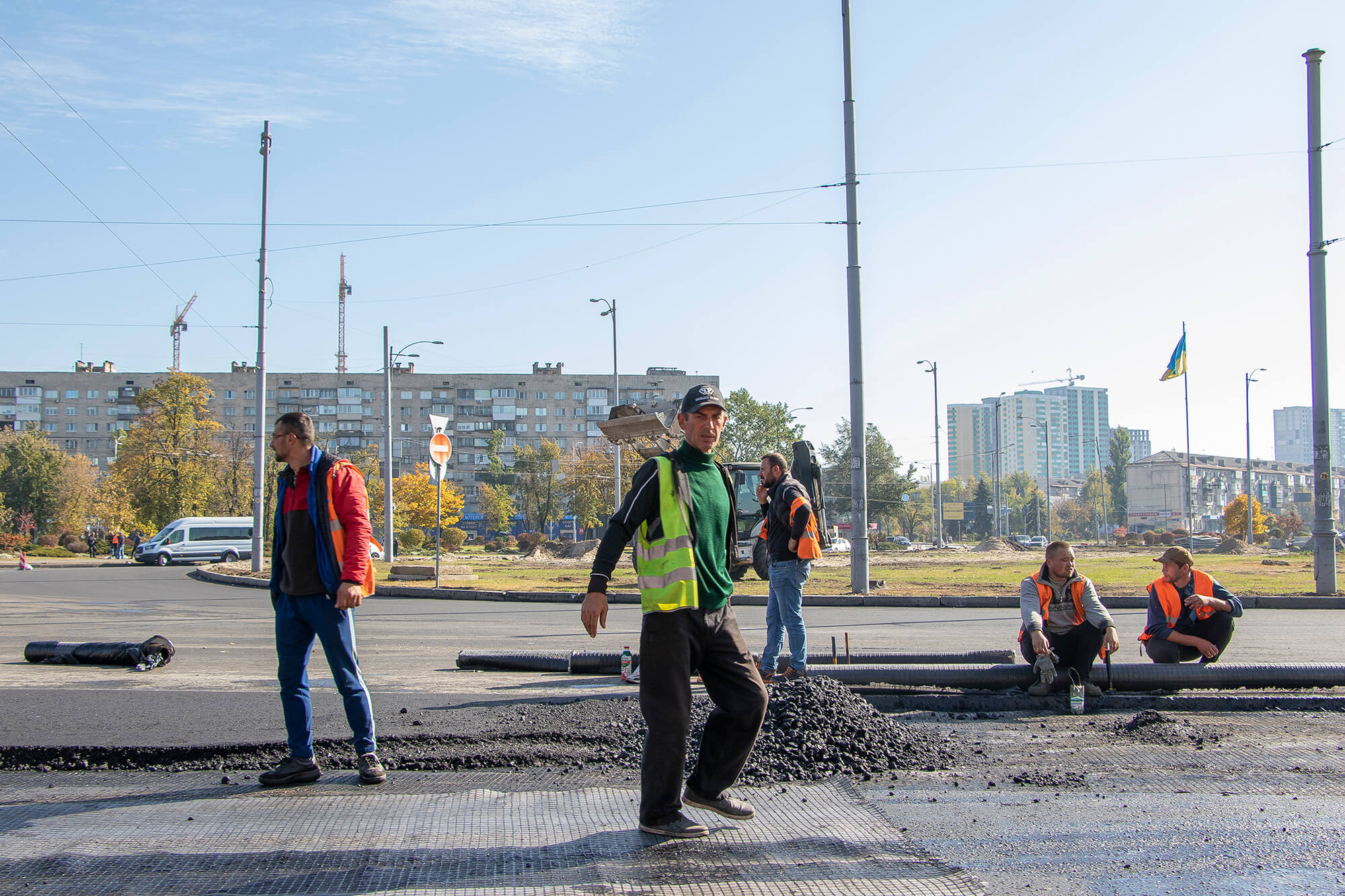
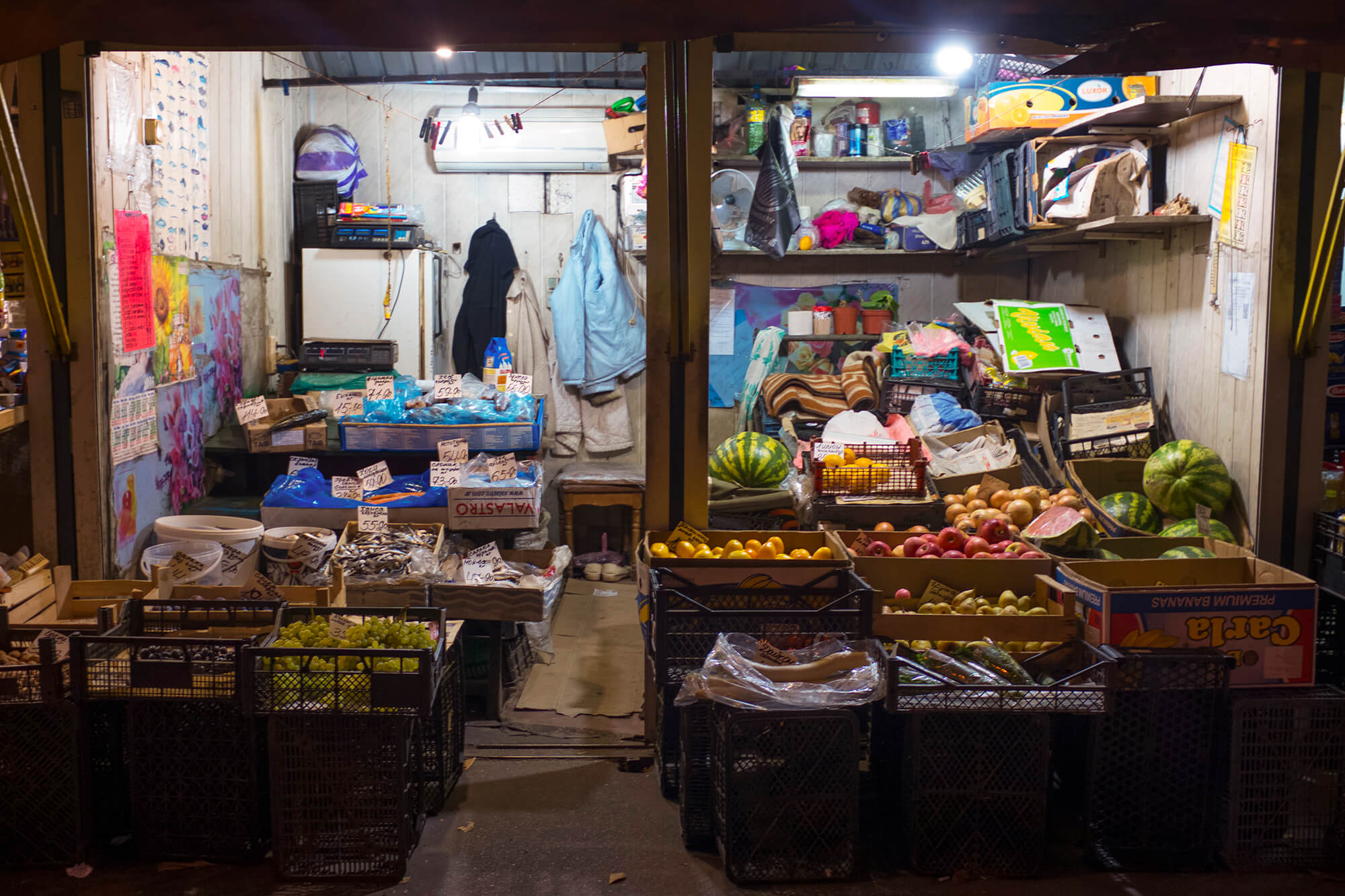
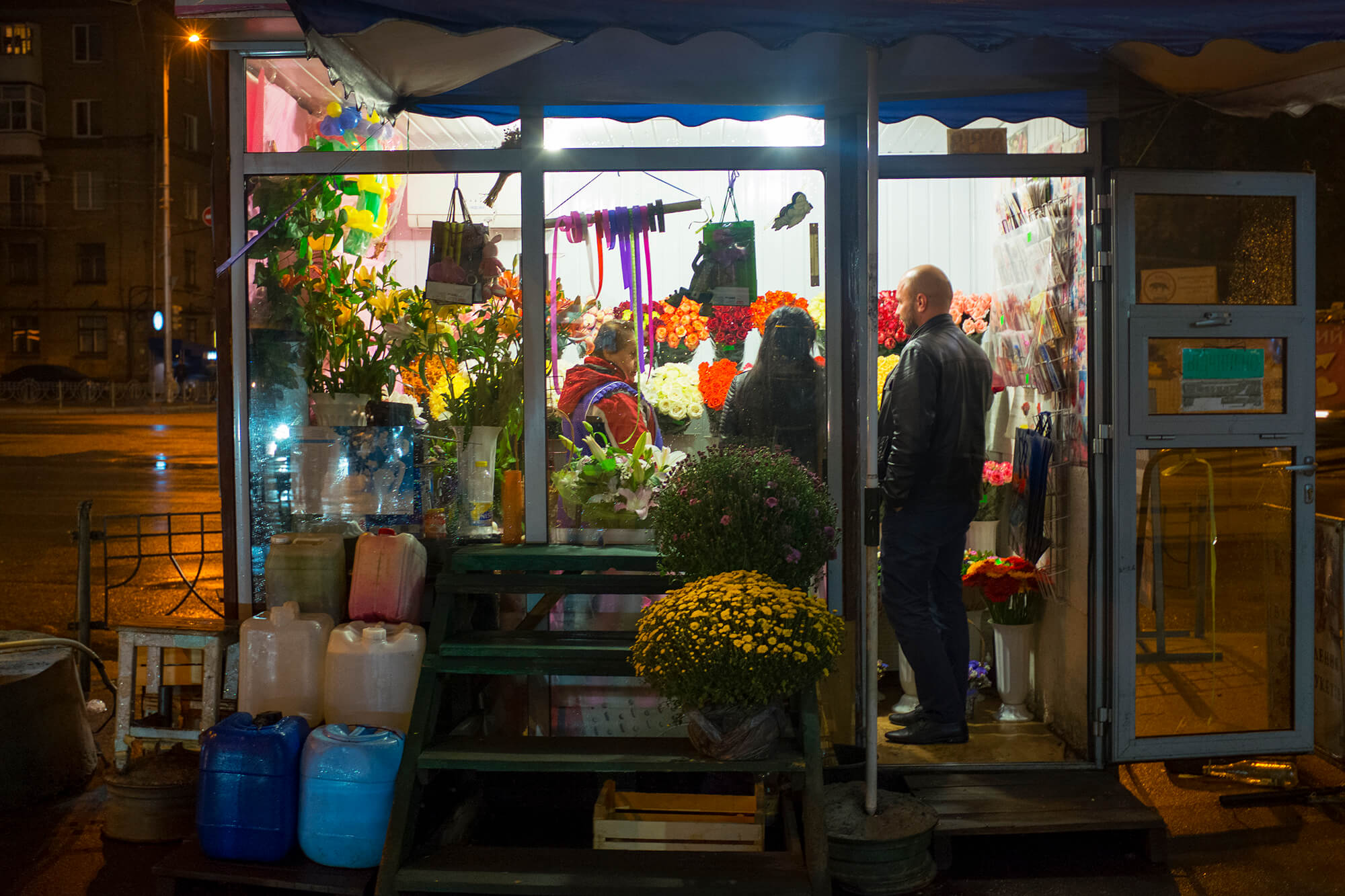
The biggest impact that the street has on people — deep wrinkles and tanned skin even in winter. At the same time, such people are more enduring, as if they have body armor. This armor is not only visual — they wear a lot of clothes — but also internal, and you can see it in how they move.
Even if you tidy yourself up in the morning, after an entire day being exposed to the Sun or wind you don’t look very neat: your hair will be a mess, your makeup will smudge, your clothes and shoes will get dirty. That’s why many people think that those who work in the street are sloppy and wear rags. It’s not like this though — I noticed that they have a fashion all their own. Oversized warm things and shoes with thick soles are in.
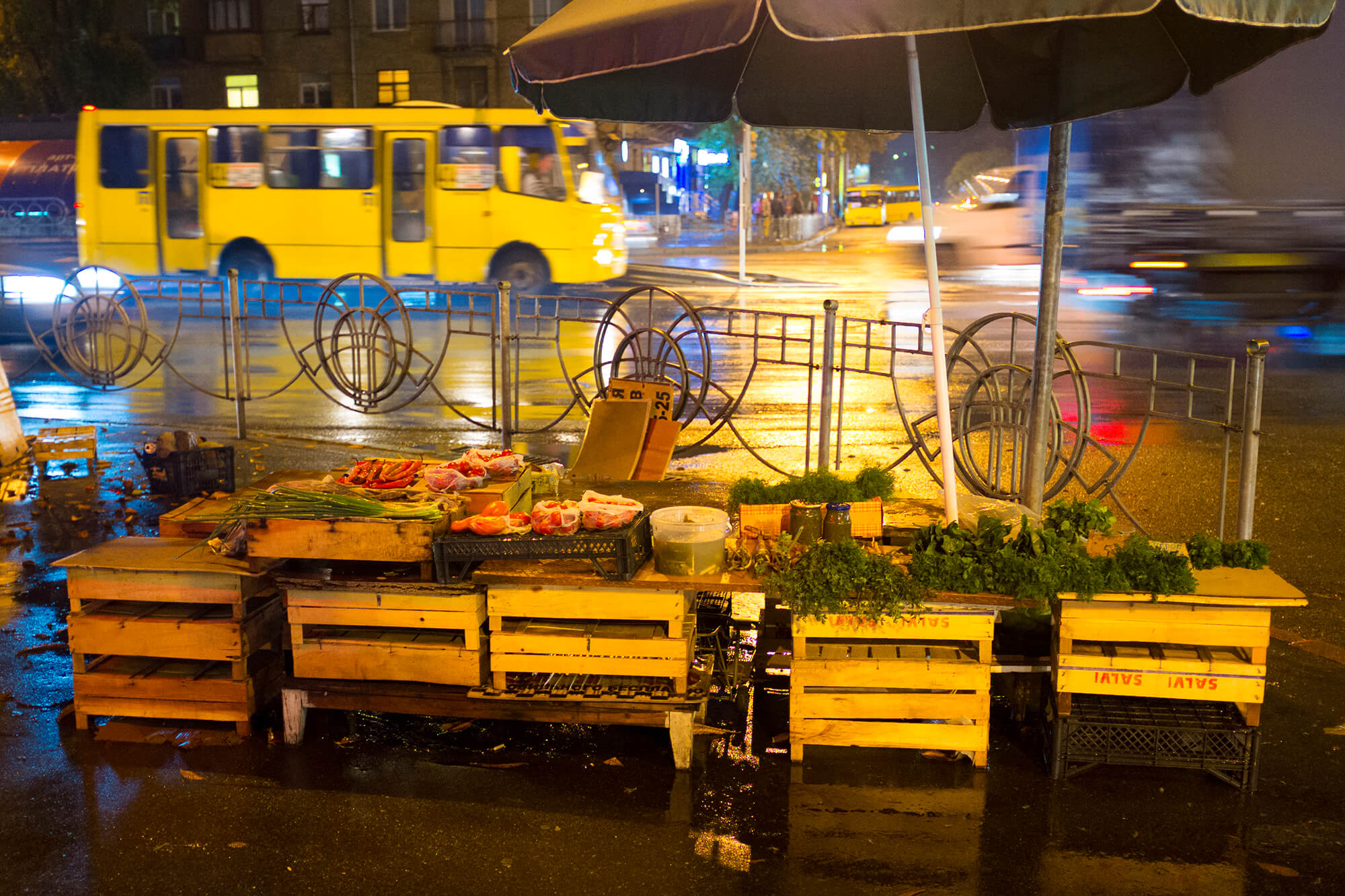
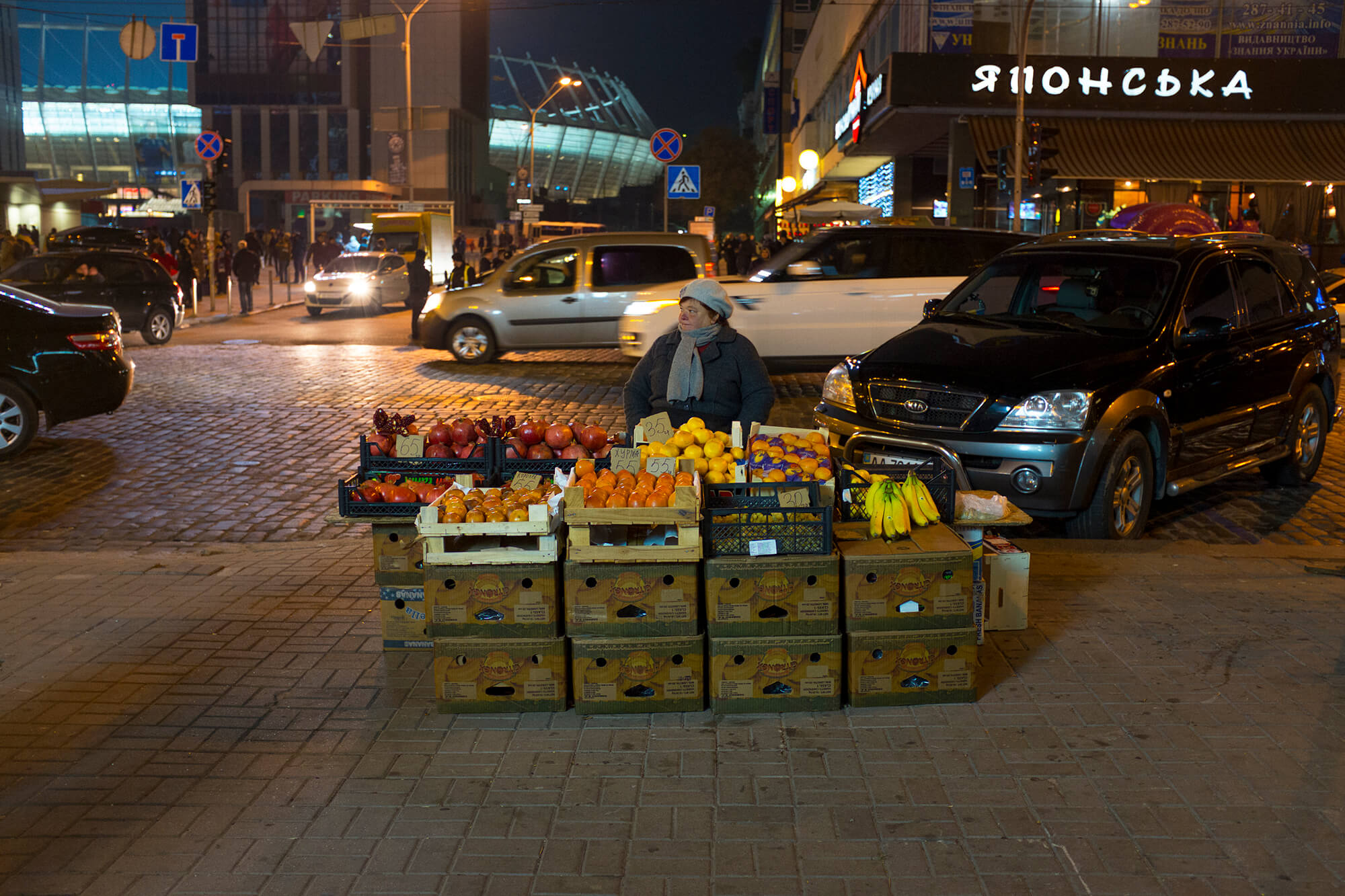
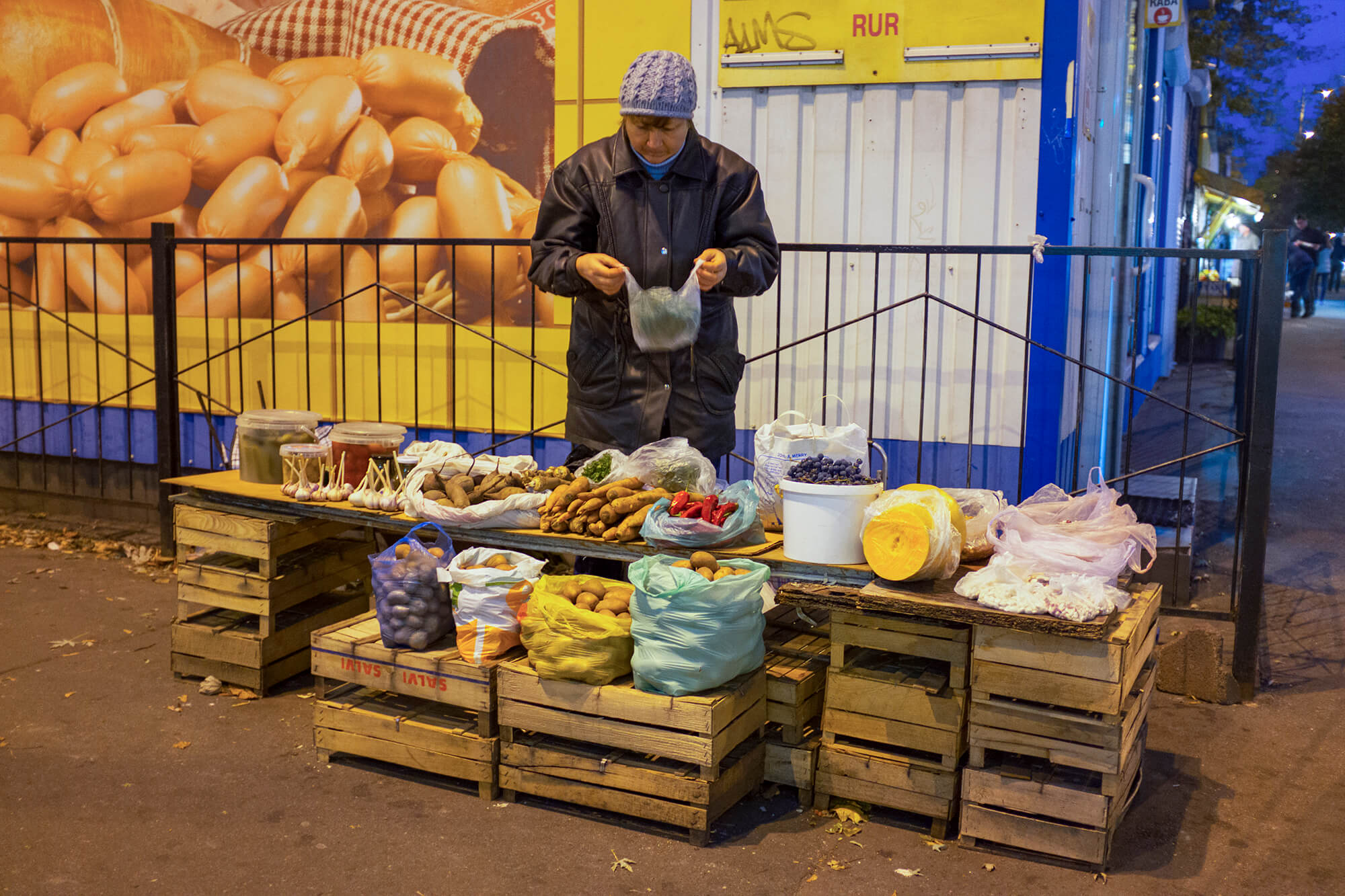
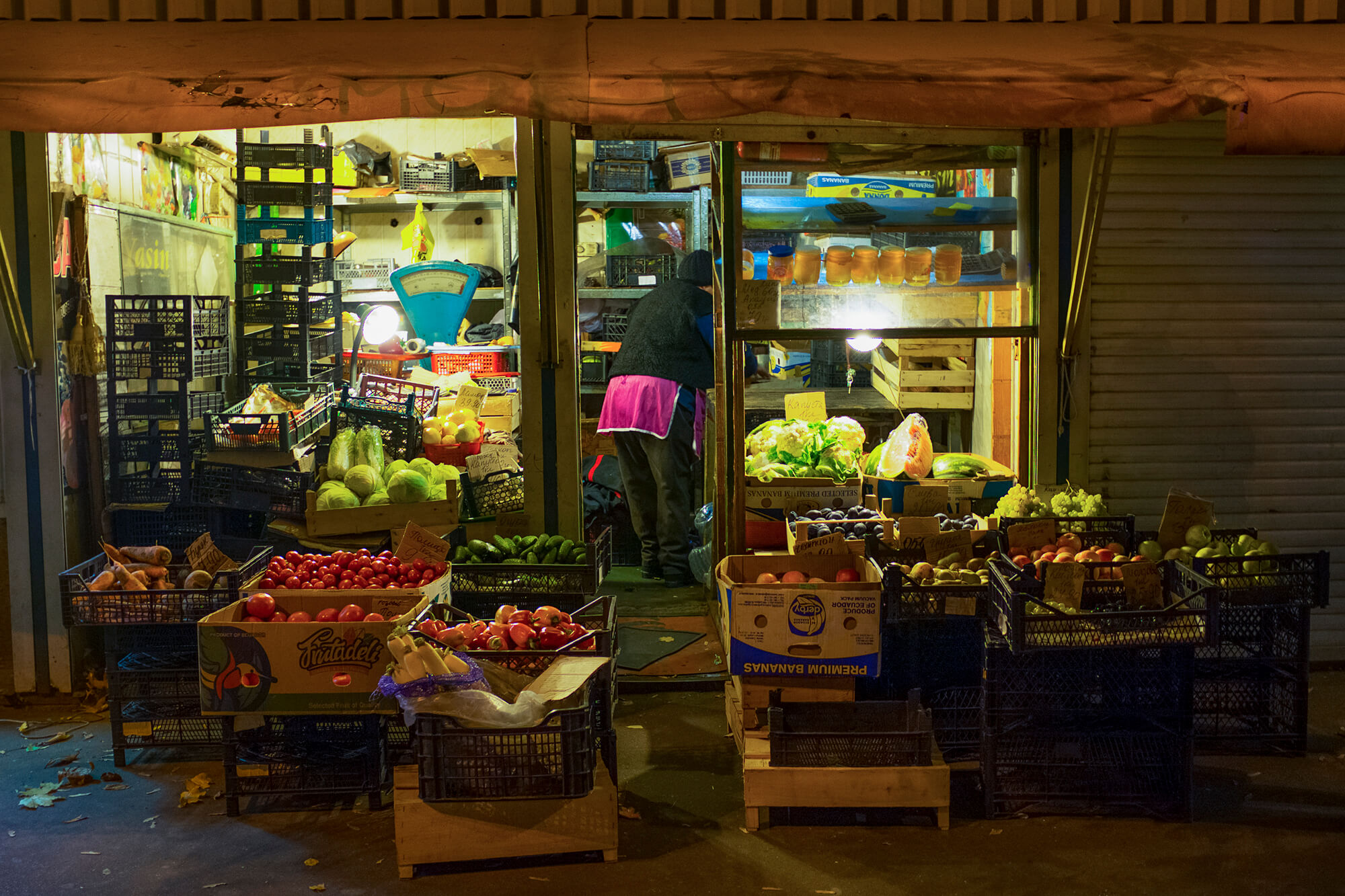
To remain unnoticed, I take pictures on a small Fujifilm X100S that I sometimes hide under my scarf. It is very important for me: when a person notices that they are being photographed, they change, start posing or become scared. And I want to keep it as documentary as possible.
Those who work in the street are either invisible or don’t associate with people who have a job.
People are always alert and they usually aggressively protect ‘their territory’ if they notice me. One time when I was taking pictures and was all absorbed in my work, a woman hit me with a fist on my back, started pushing me and yelling. Five minutes before that I took a picture of her selling make-up and ‘Christmas trees’ assembled from pine branches. She demanded that I delete the pictures: there is quite a big fine for selling pine and fir trees illegally. I told her that I would delete the photographs if she asked (as I always do), but now because she raised her hand against me, I wouldn’t do it.
There was a small brawl with the prostitutes, but this is all my fault: I decided to talk to them and asked them to pose for me for money. They offered me intimate services, but flatly refused to have their pictures taken — not even from the back and without faces. I tried to convince them to do it, but they got angry and I didn’t bother them any more. That’s why the photographs with the prostitutes are not part of the project yet — but I’m hoping to shoot some of them from the back and include those pictures, too.
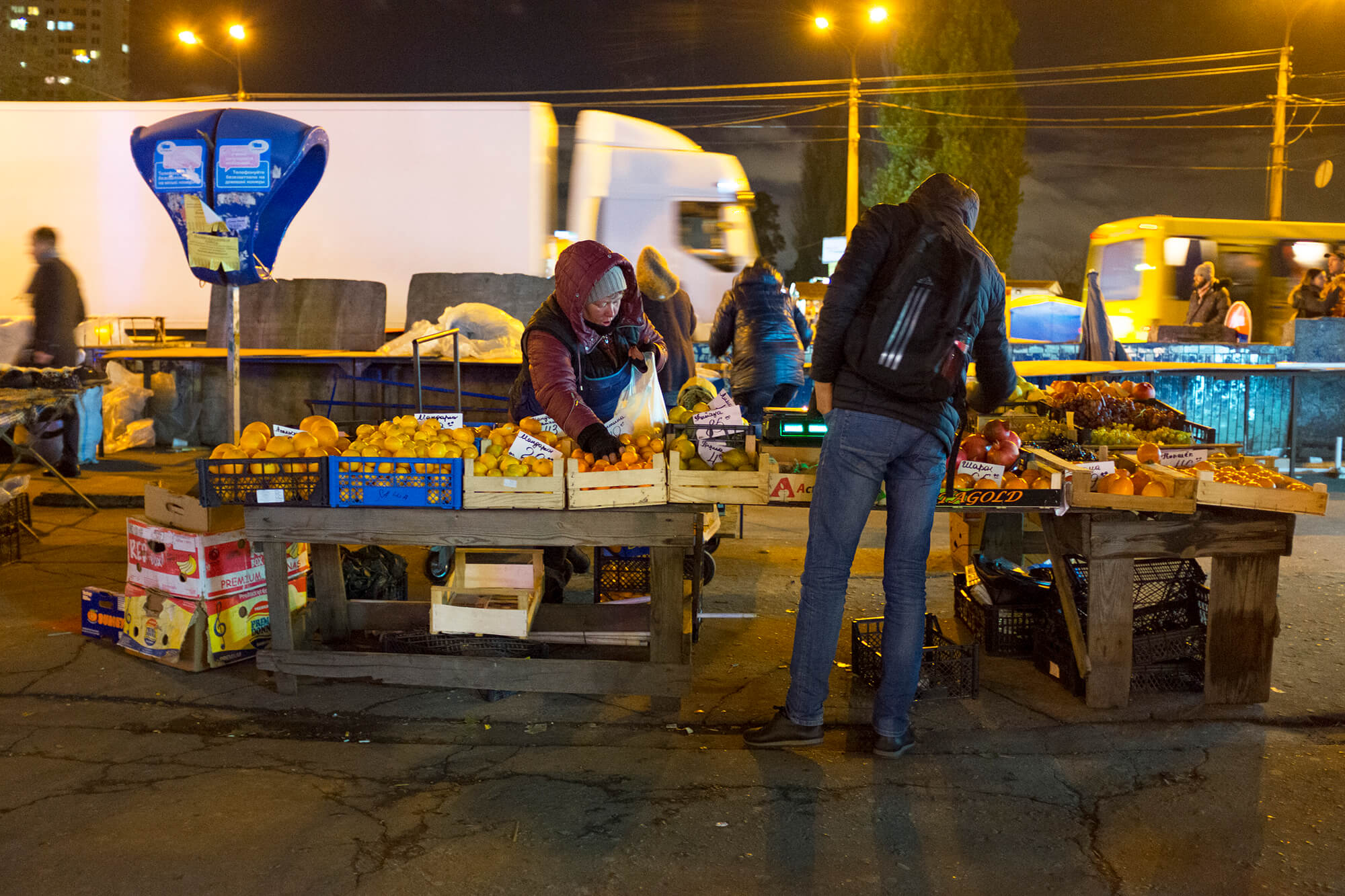
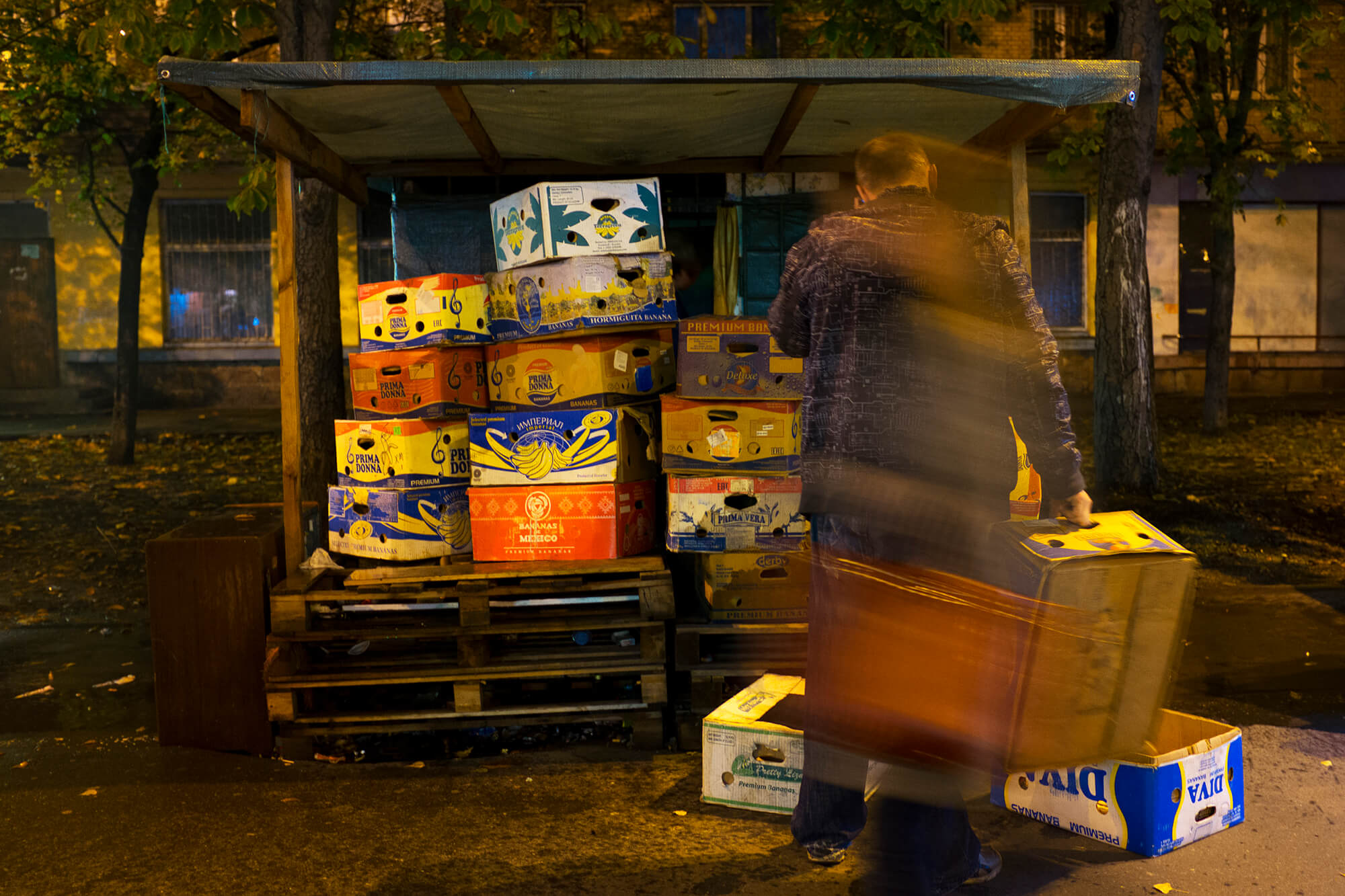
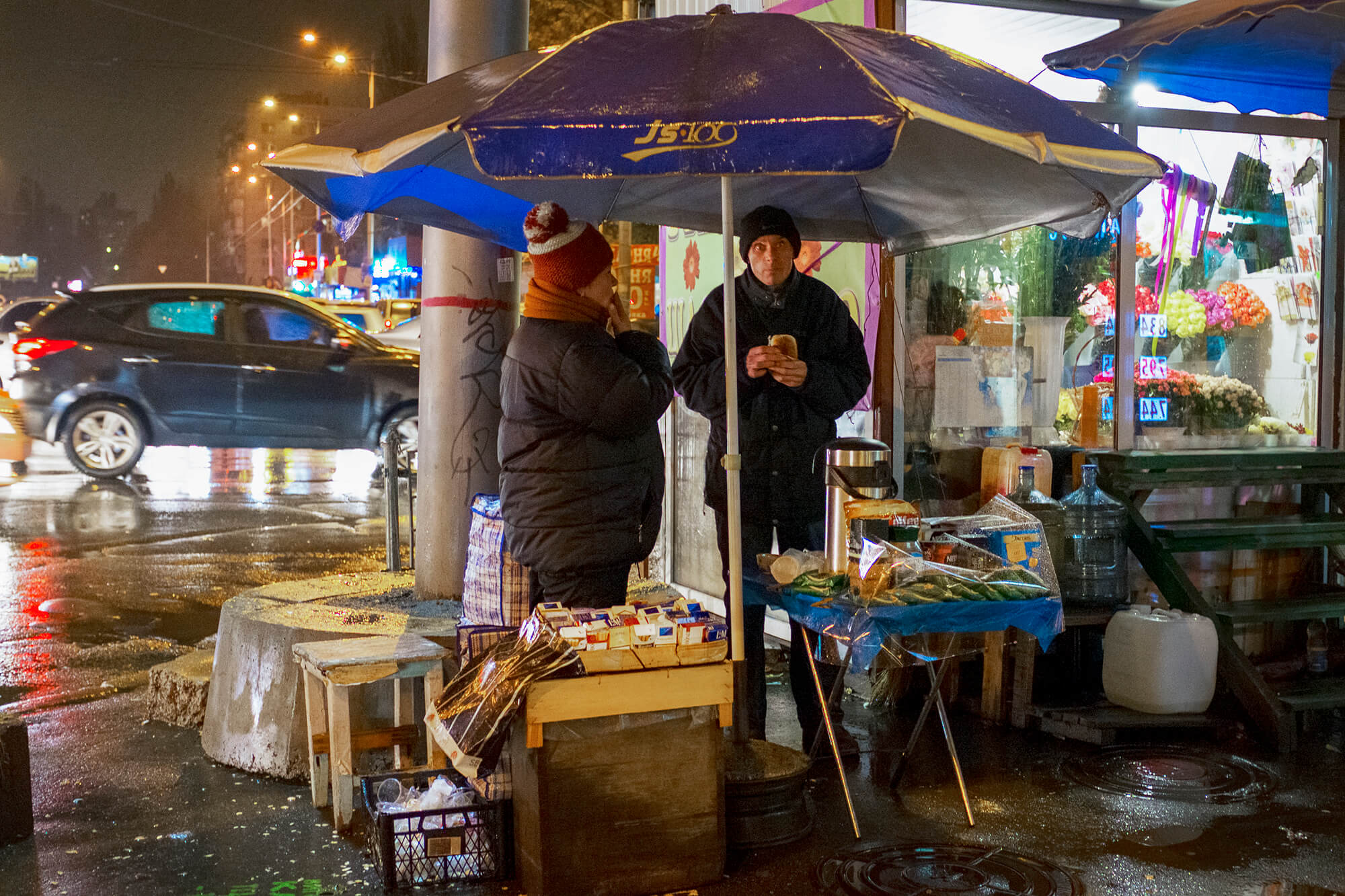
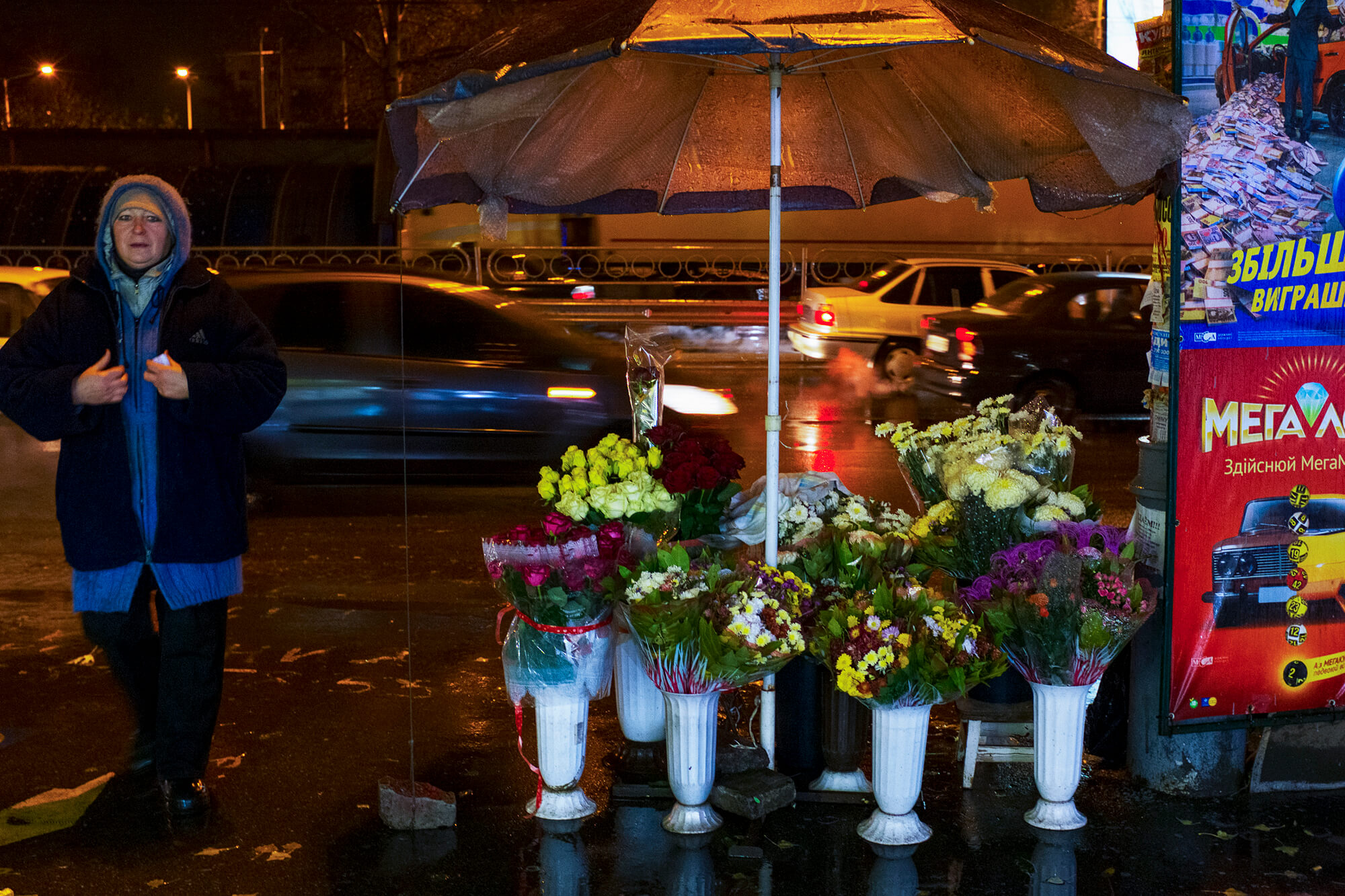
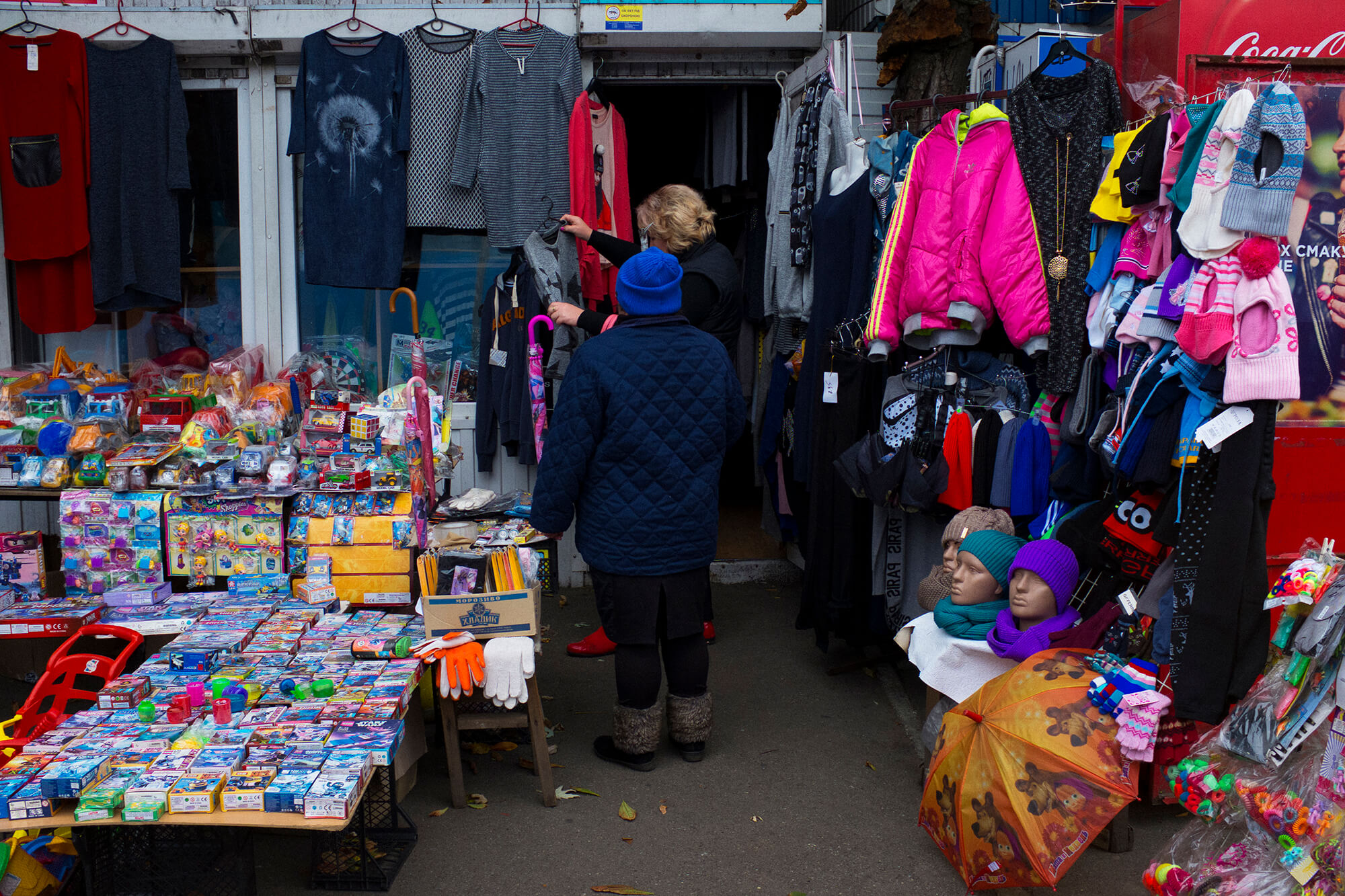

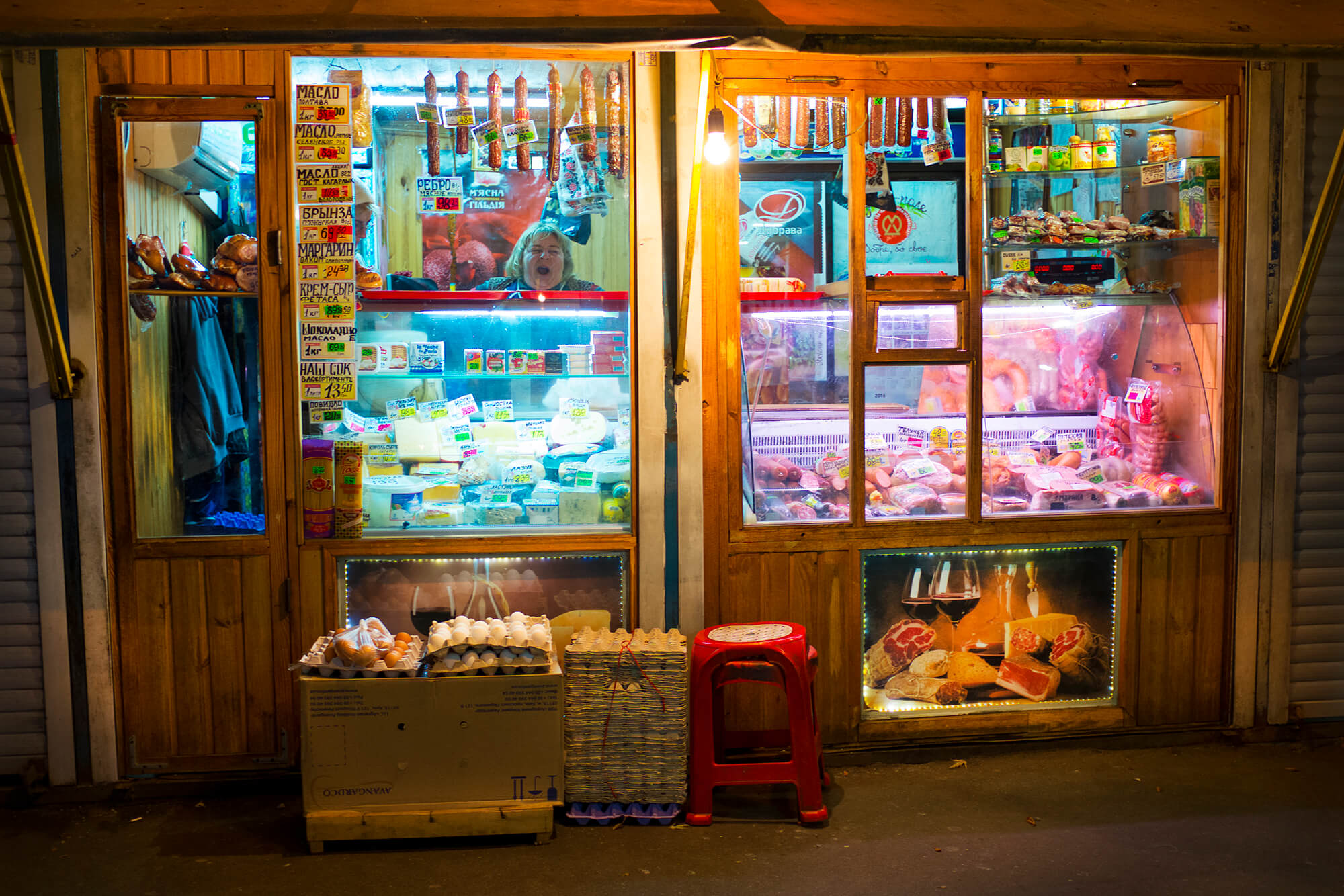
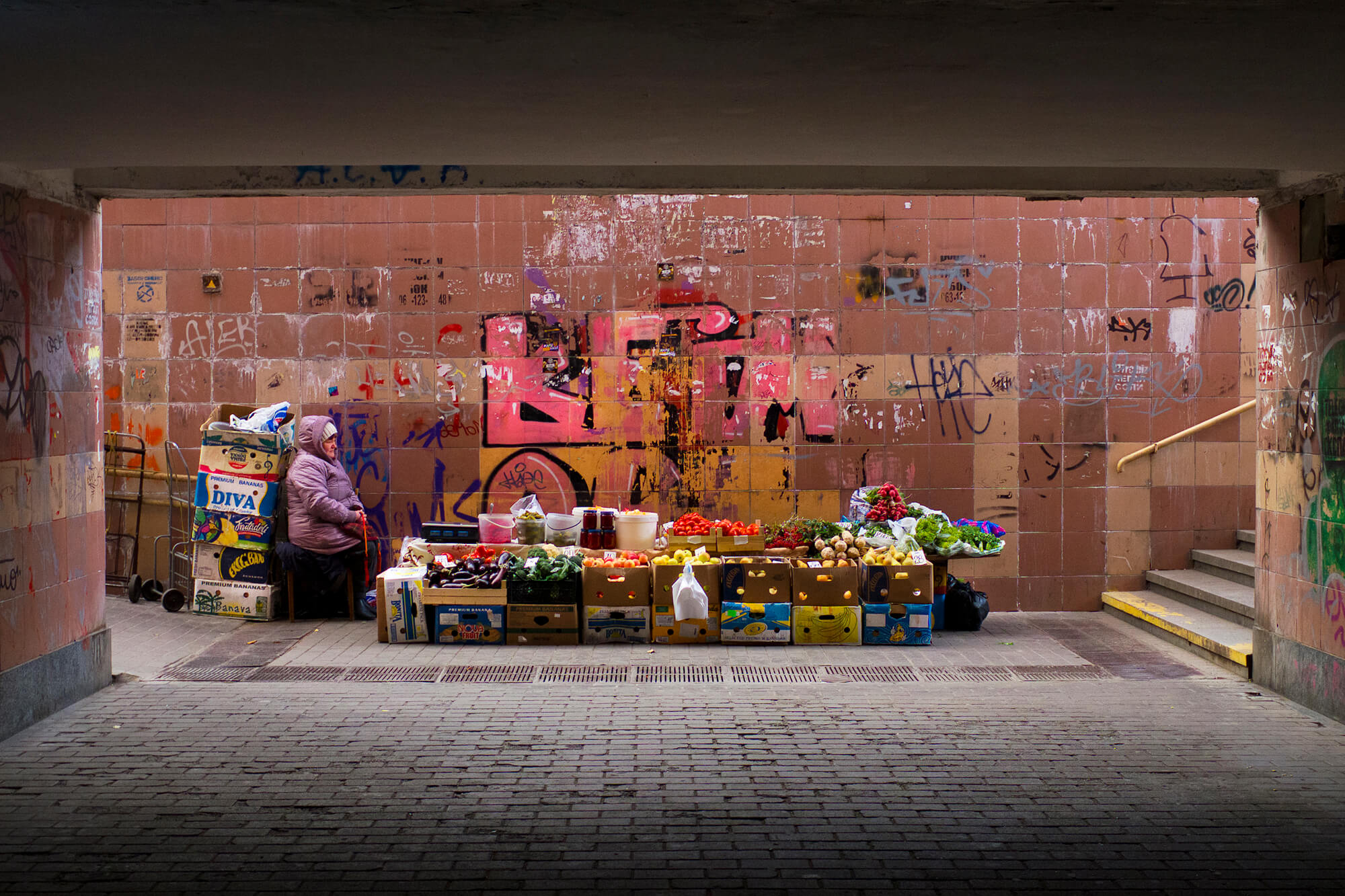
People in my photographs are very different. I really like one of the prostitutes — I saw her several times, always with a colleague. She always wears the same thing: leather jacket, sweatpants with stretched out knees, and UGG boots. When a car approaches she gets tense and never talks to the client — her workmate does it instead. If they don’t reach an agreement and the client leaves, she sort of relaxes and starts smiling. I don’t know what makes her be there, but I can’t stop thinking about her.
I recently found out that one of the women I photographed not only sells food products, but also illegally pushes weed and moonshine — the saddest part is that she sells it even to children. When people who live nearby found out, there was some drama.
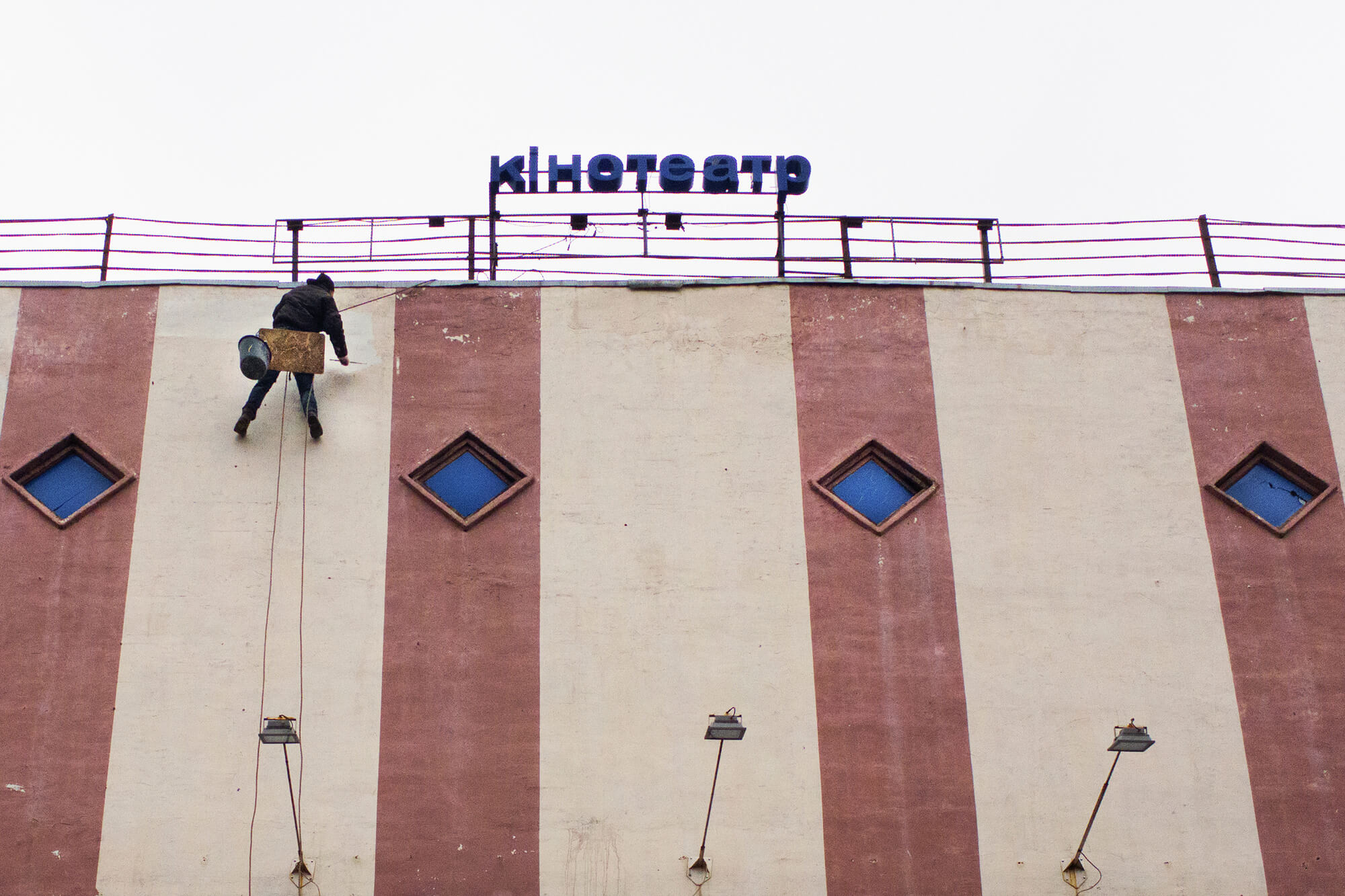
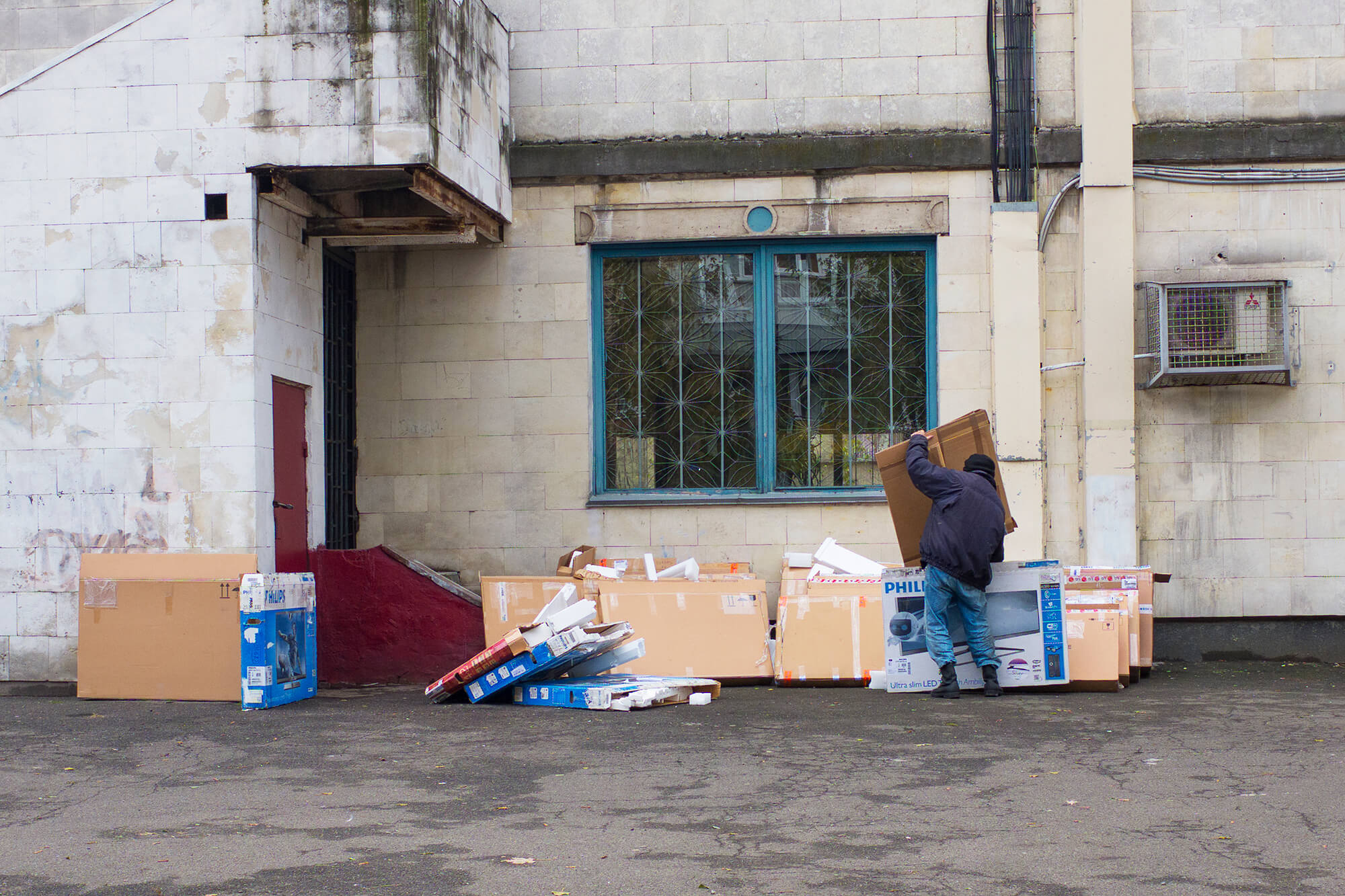
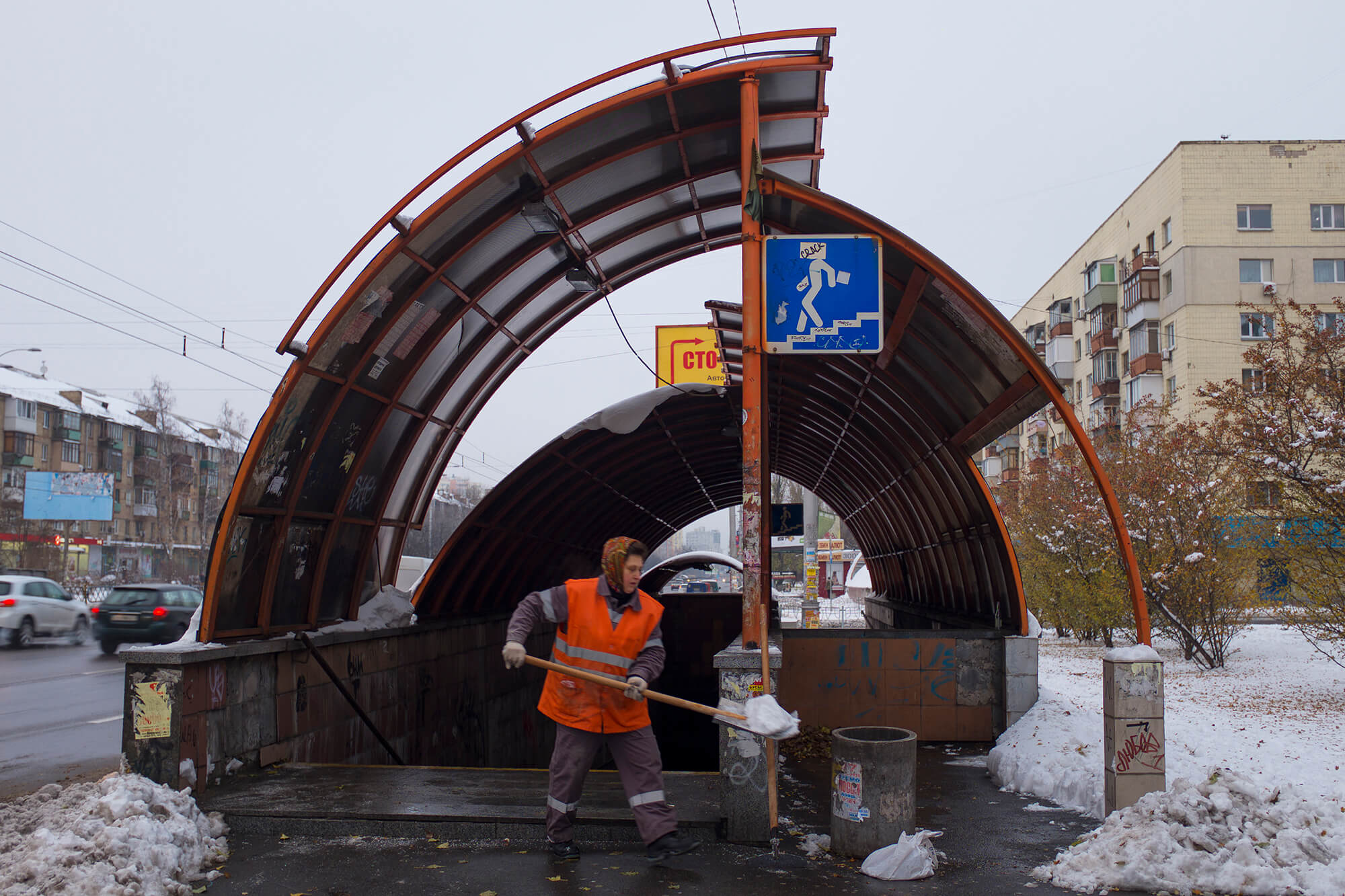
Even if you tidy yourself up in the morning, after an entire day being exposed to the Sun or wind you don’t look very neat.
I spent half a year in Dubai not so long ago and took several pictures there as well. My window had a view on a roundabout that had a lot of greenery and palm trees. Several times a day Indian gardeners were brought there to tidy things up. They were brought there at 7 am, they worked for a couple hours, and when the Sun became too hot, lay down to sleep under the palm tree — for the entire day, until a van came to pick them up. Sometimes a supervisor visited and disturbed their sleep, but after that they laid back down.
